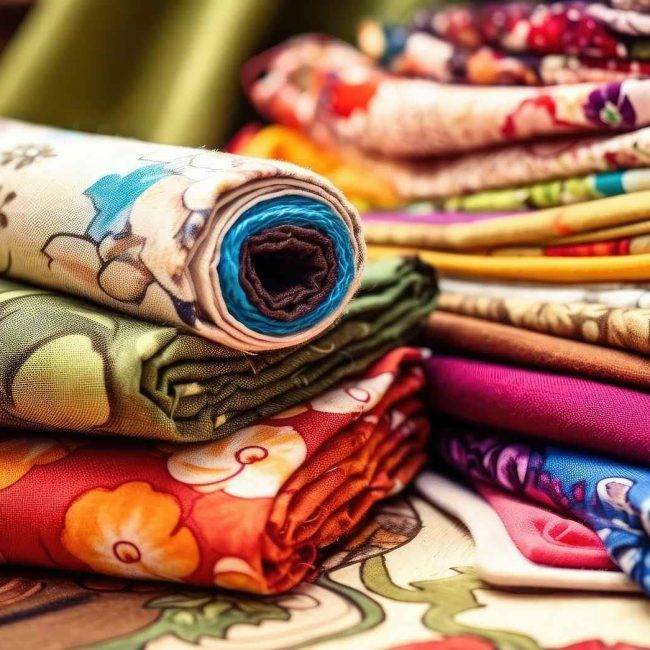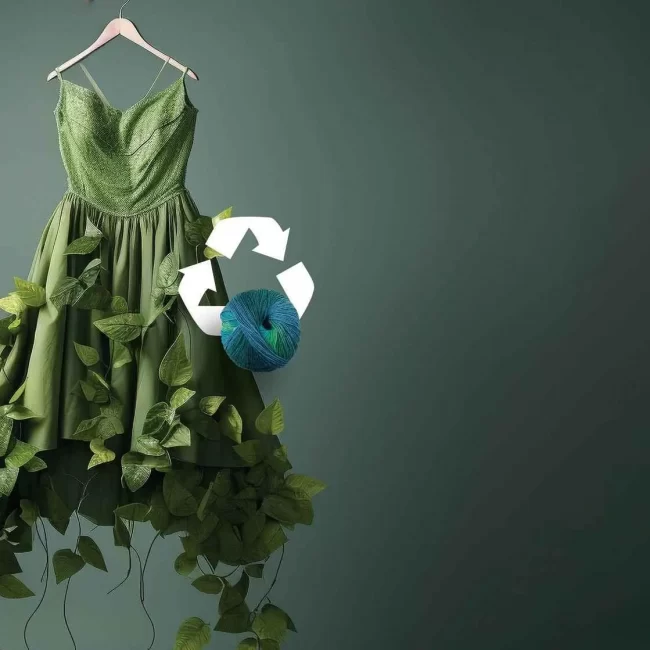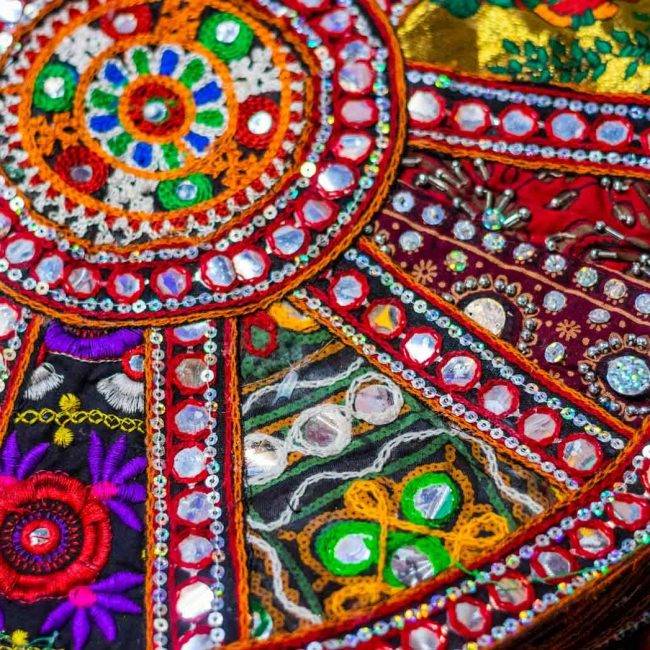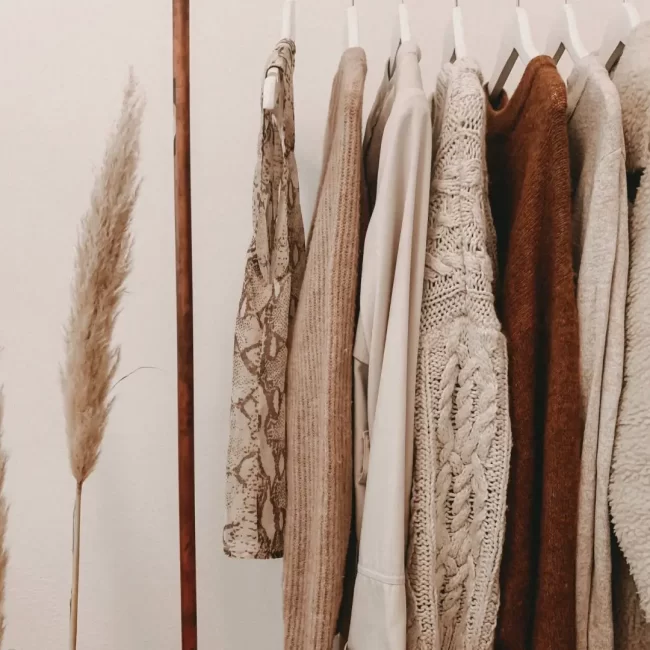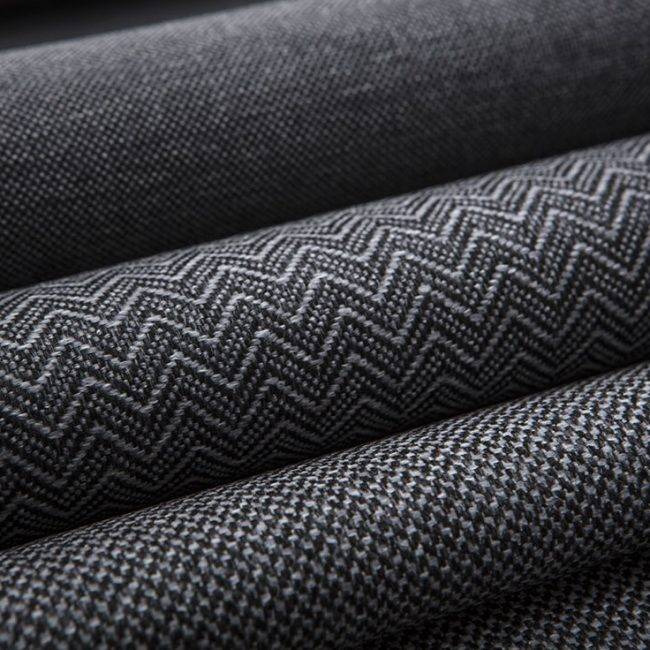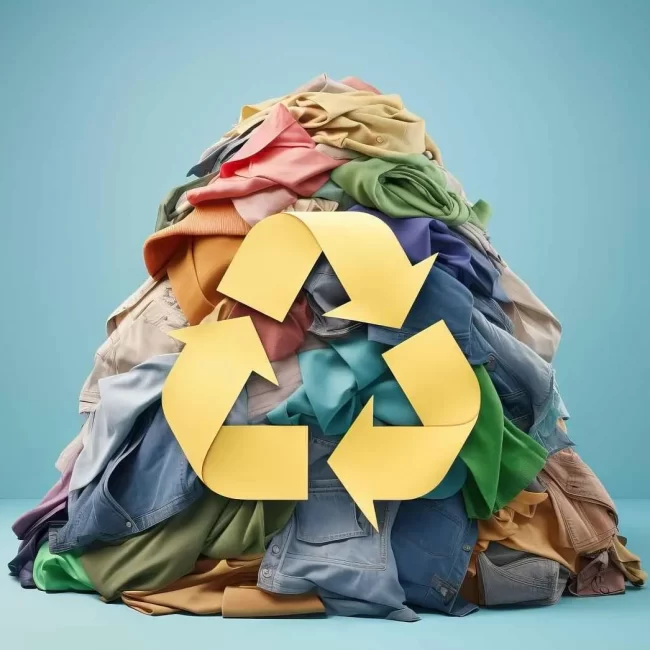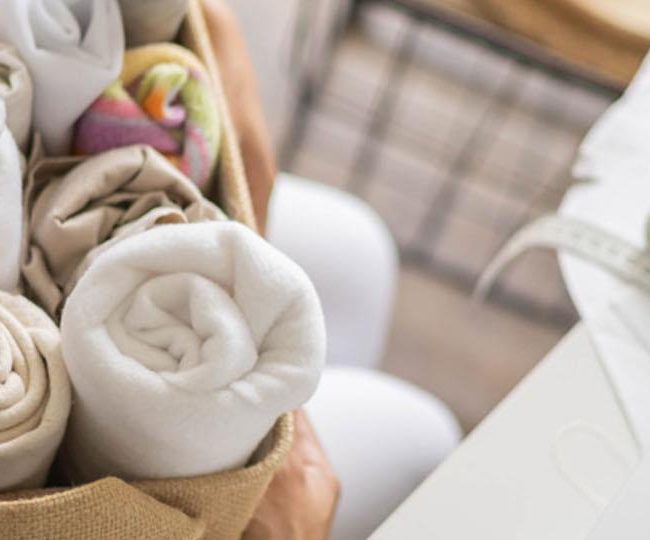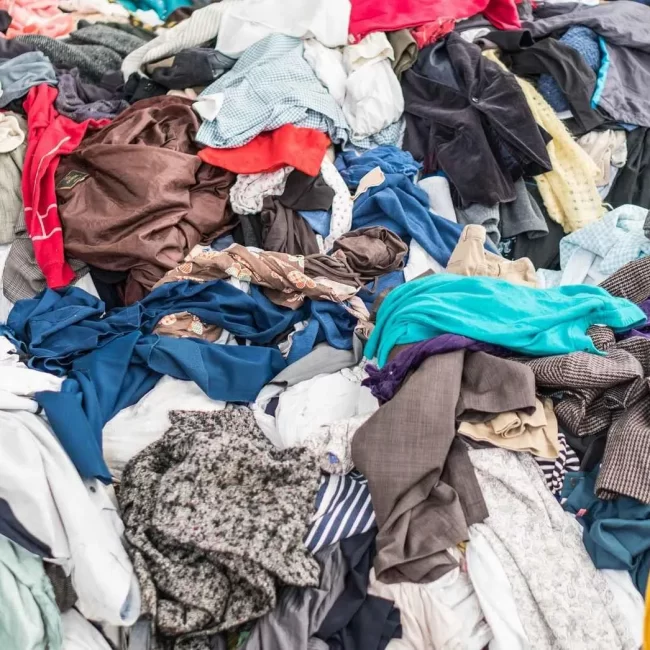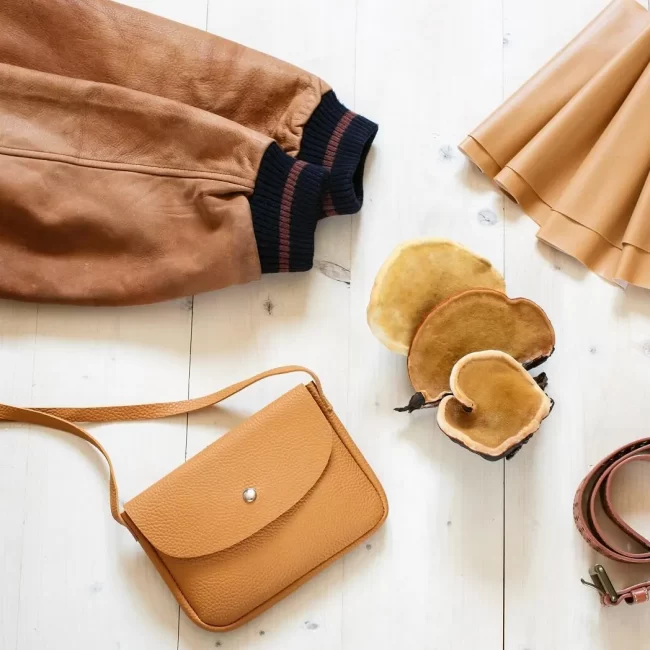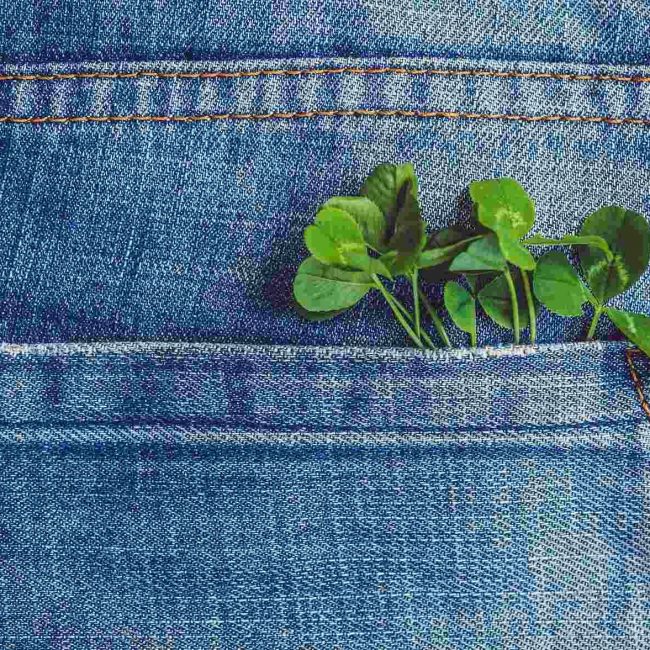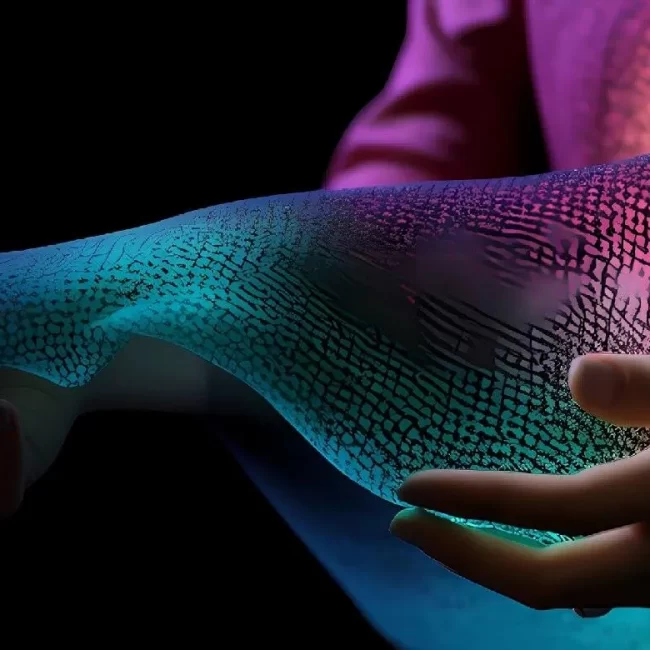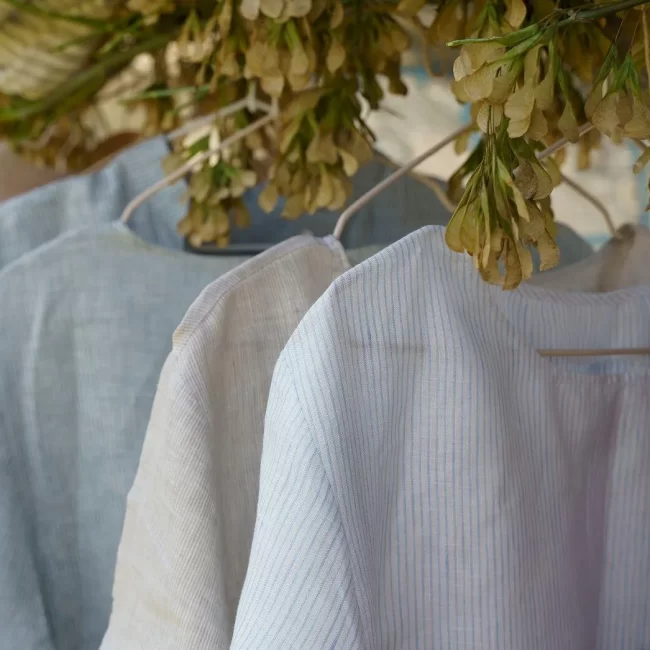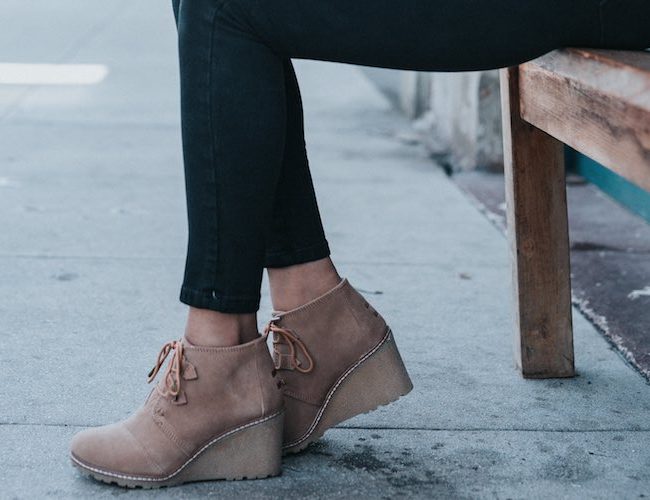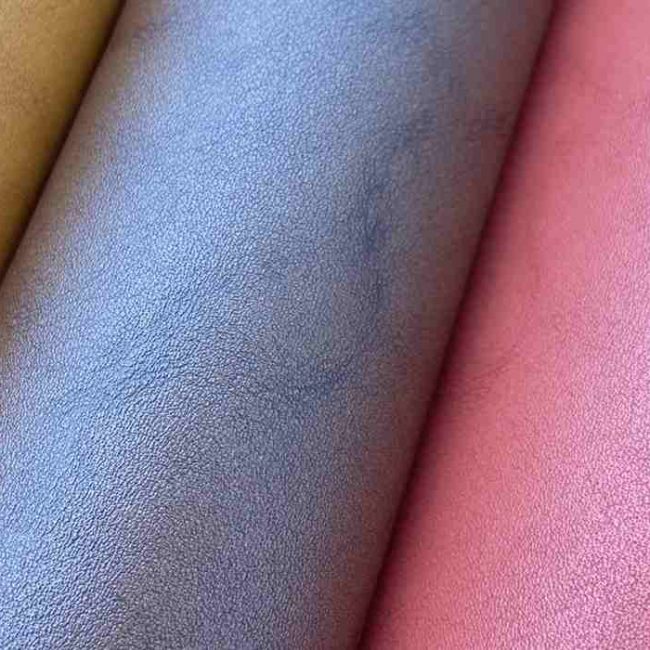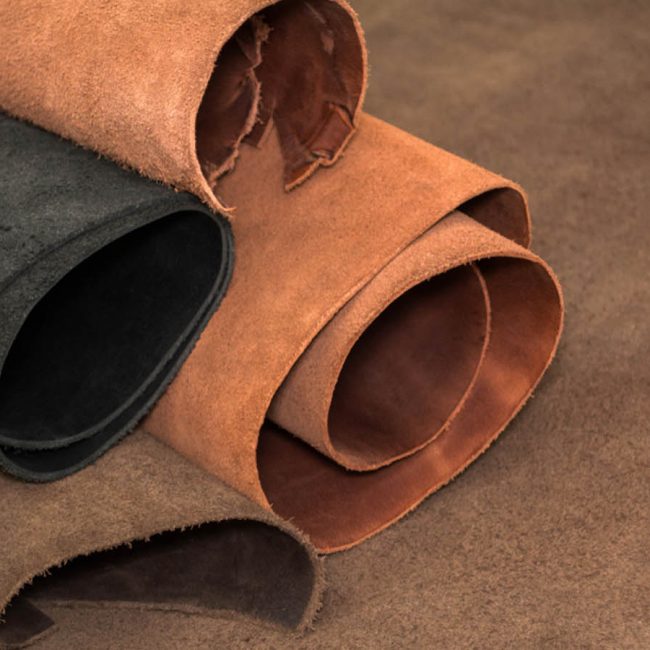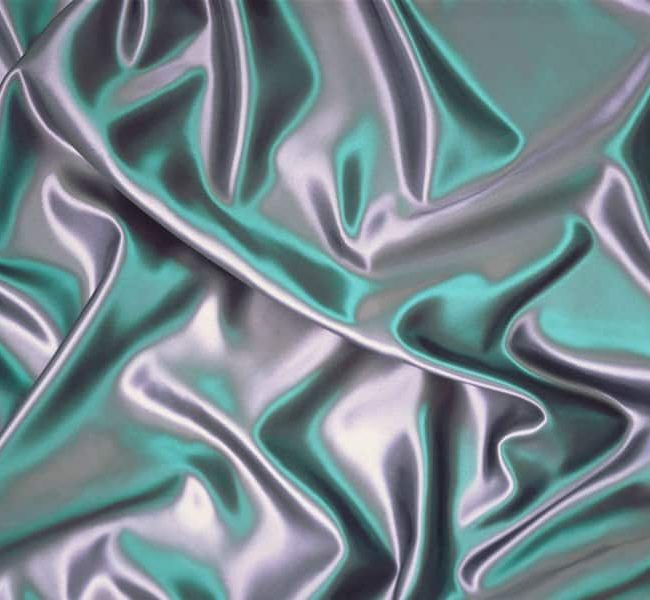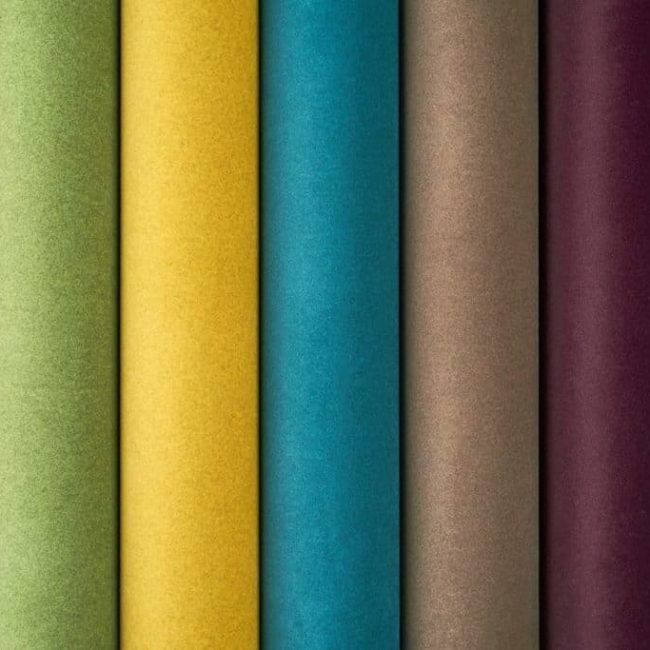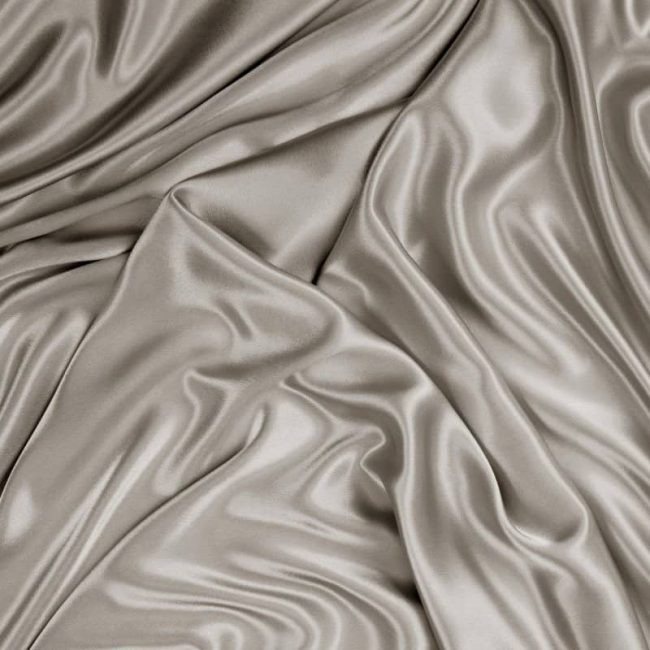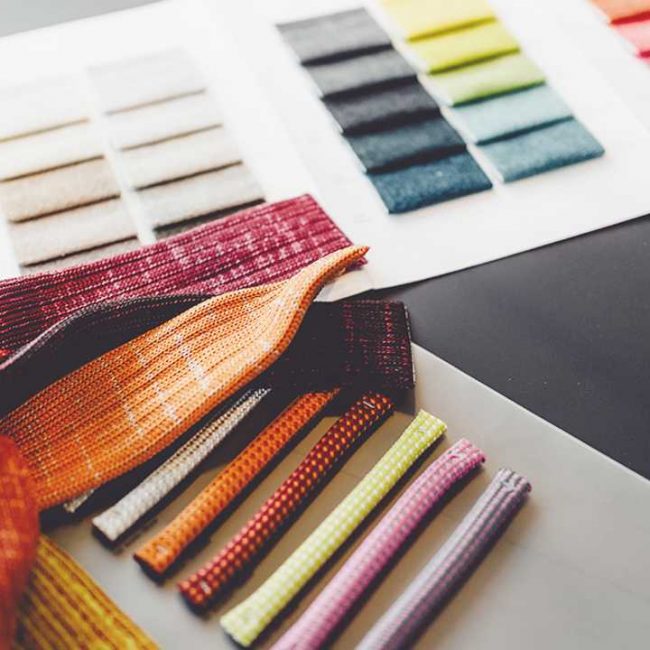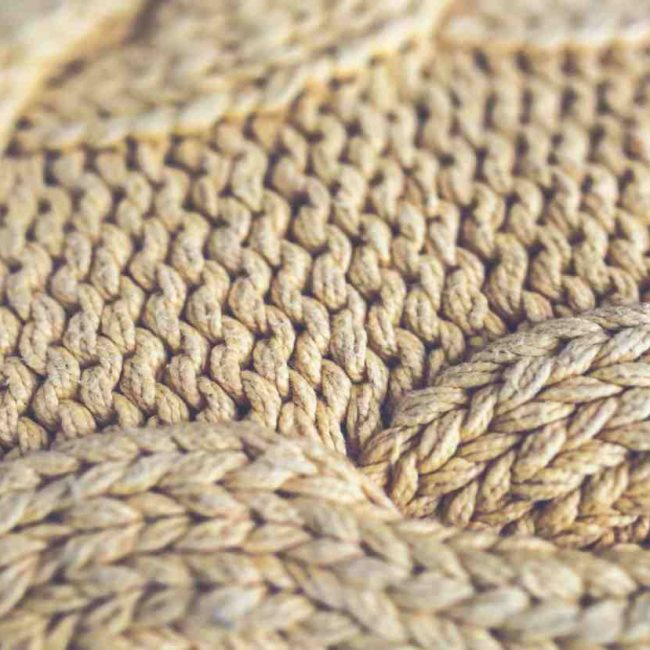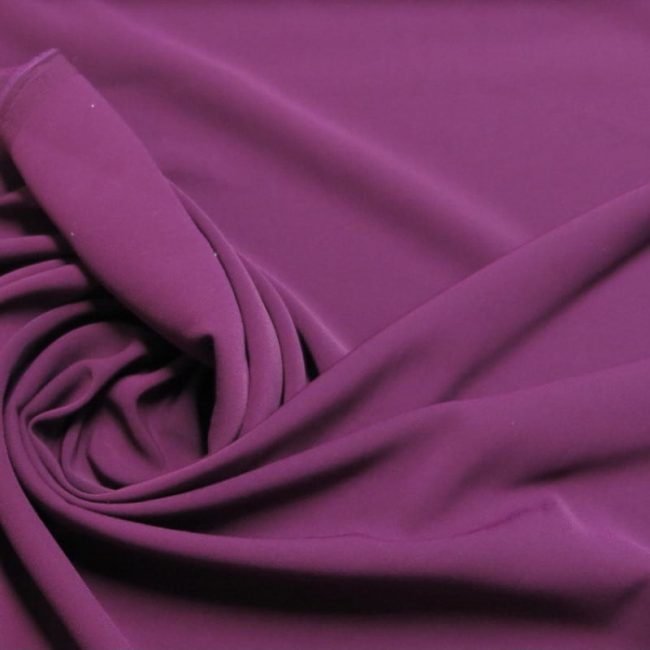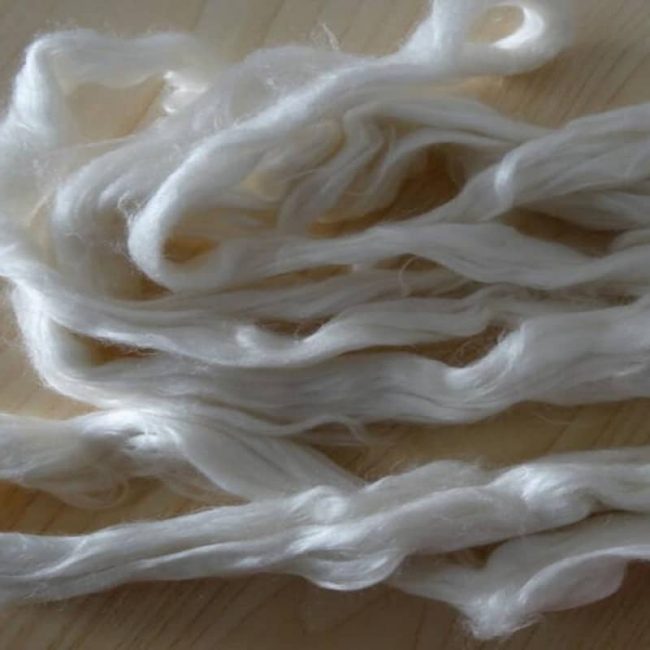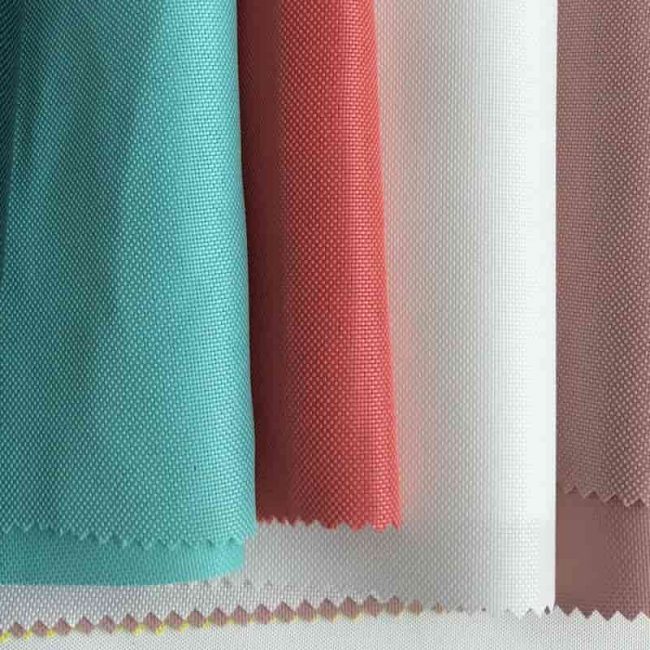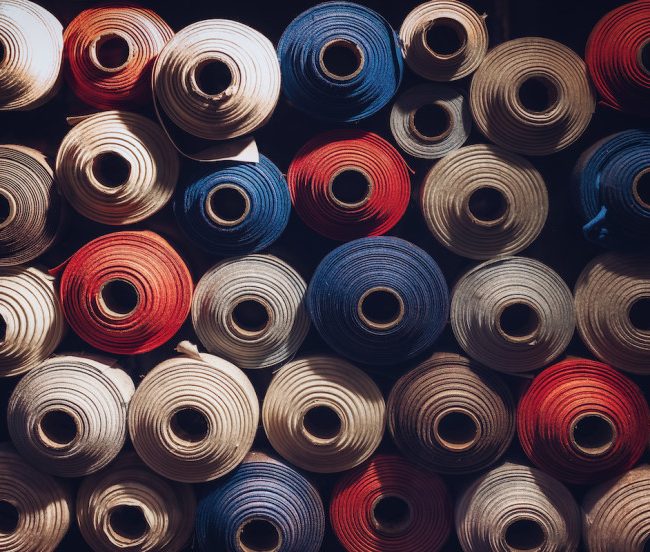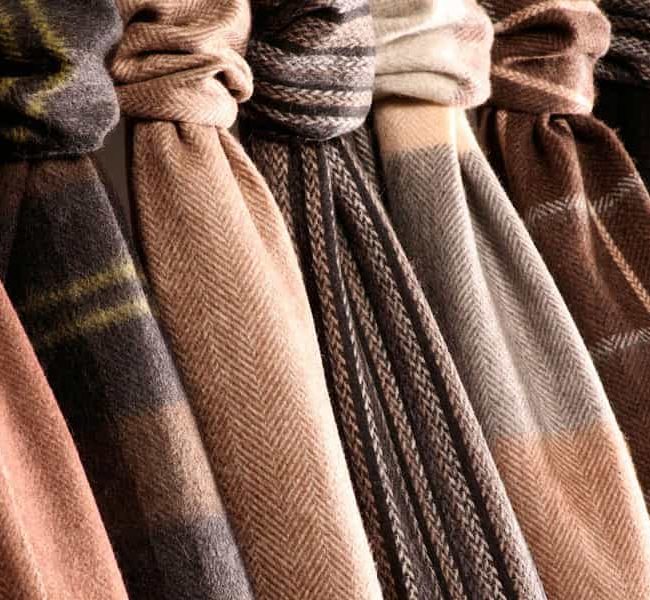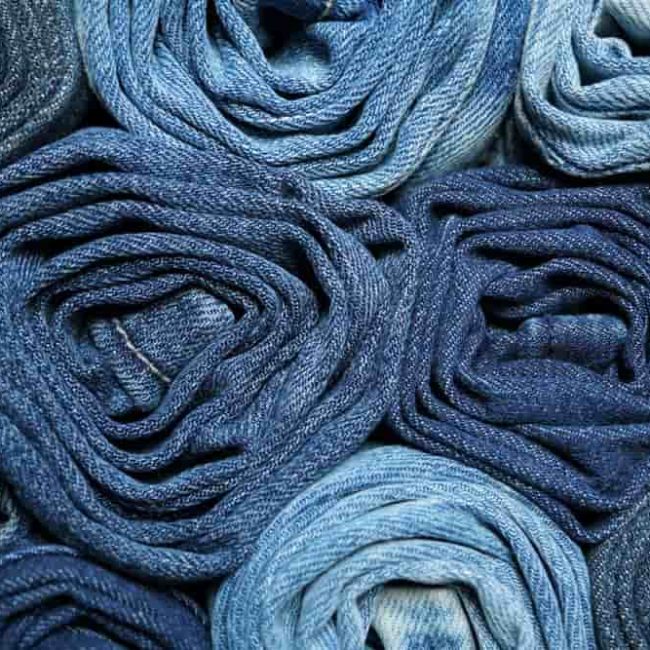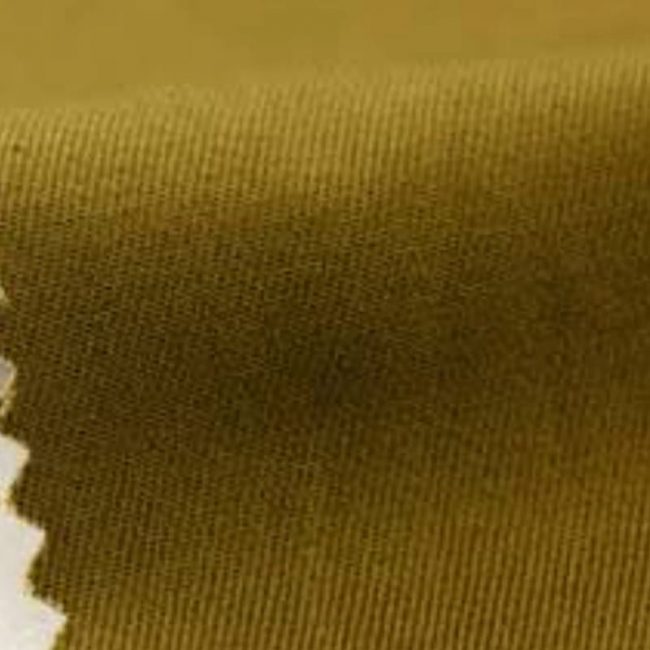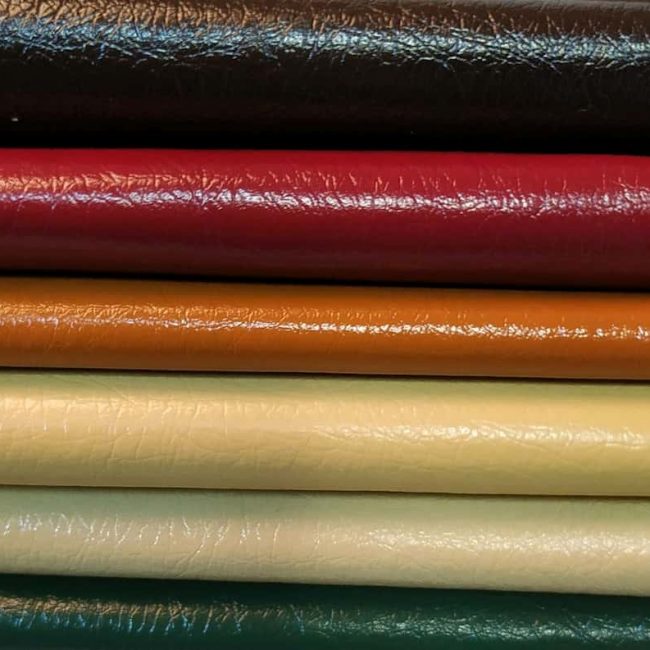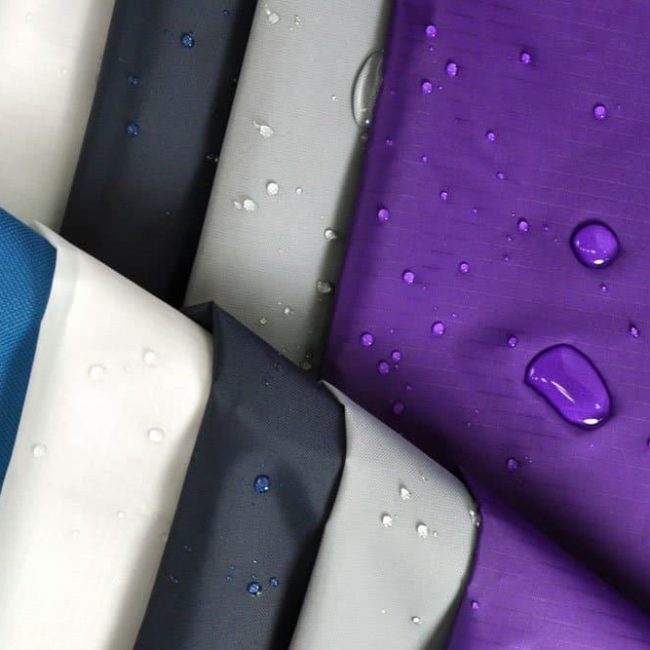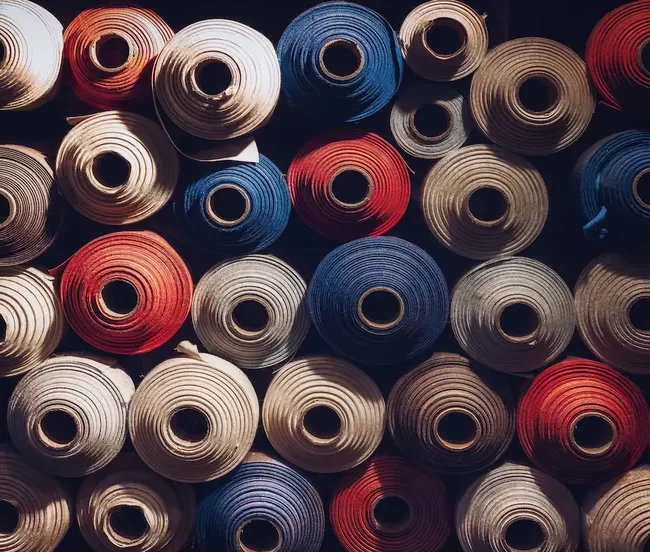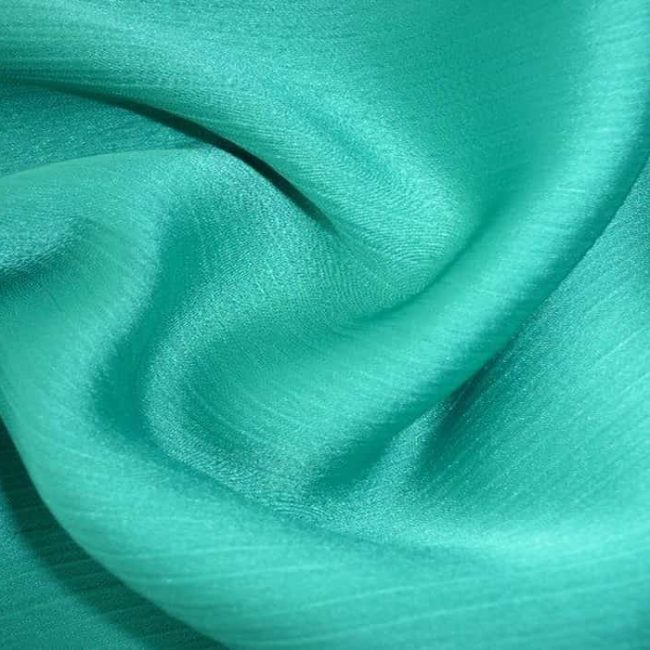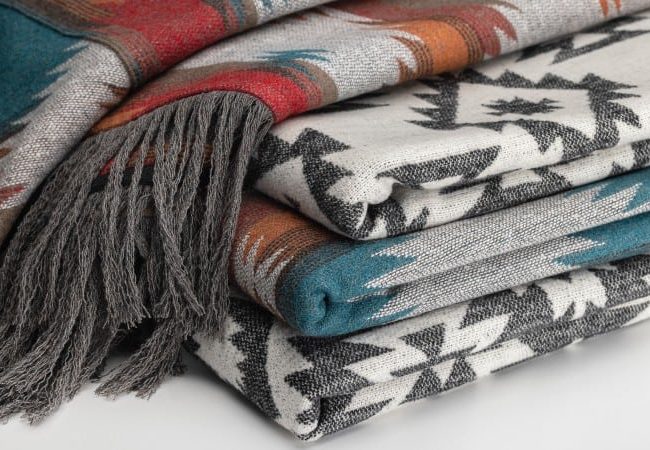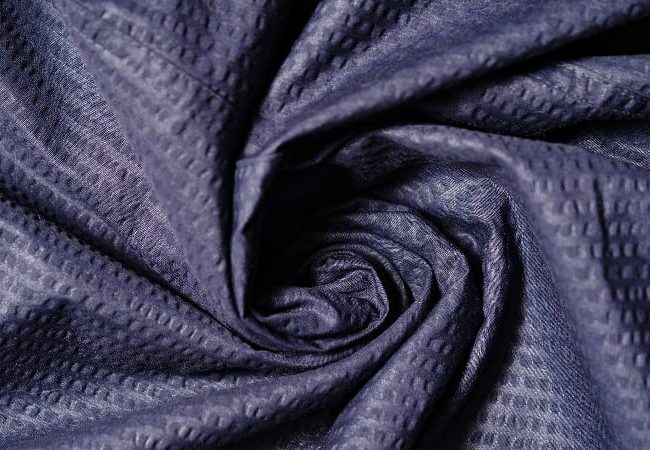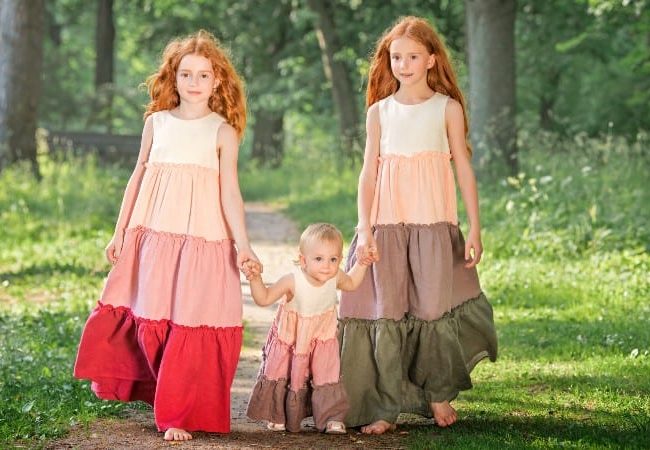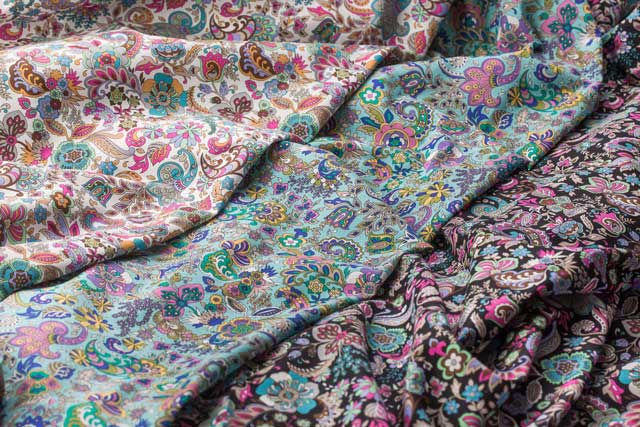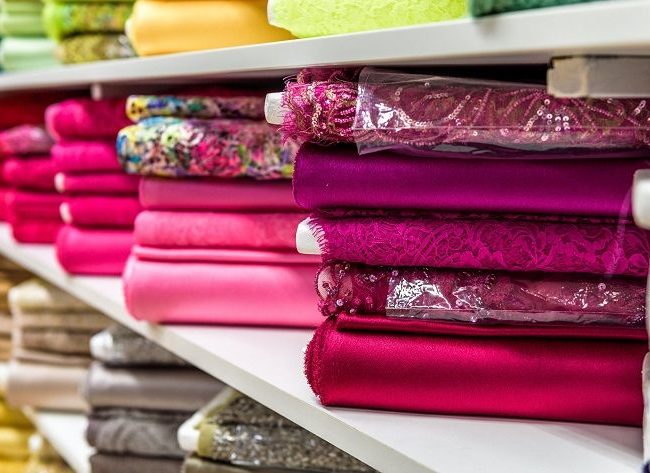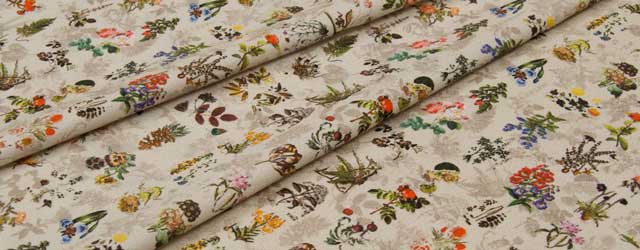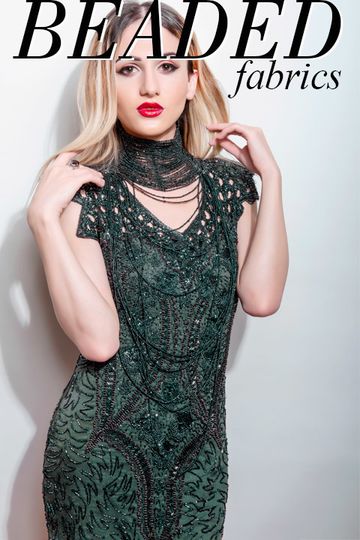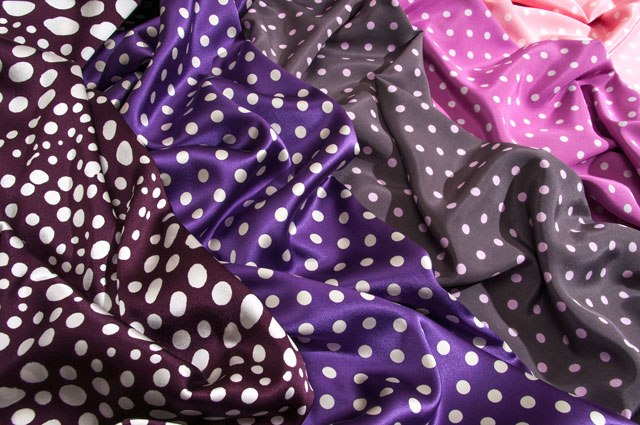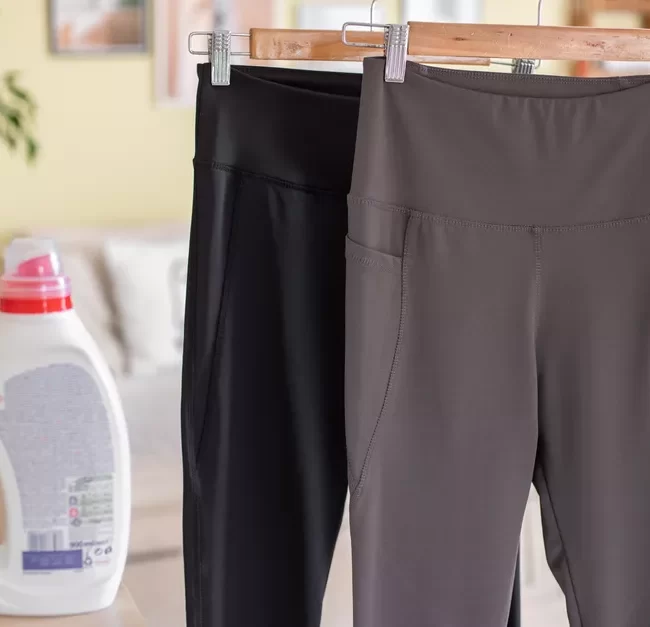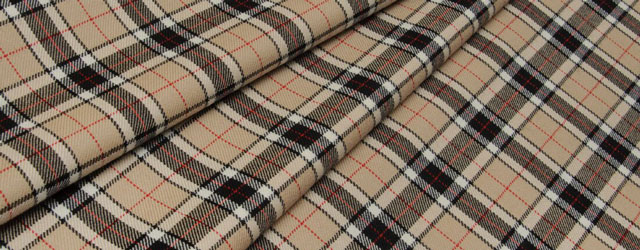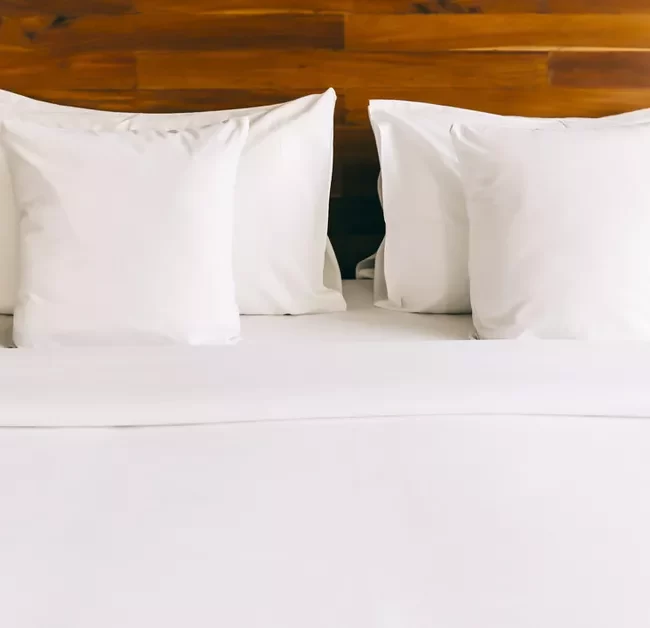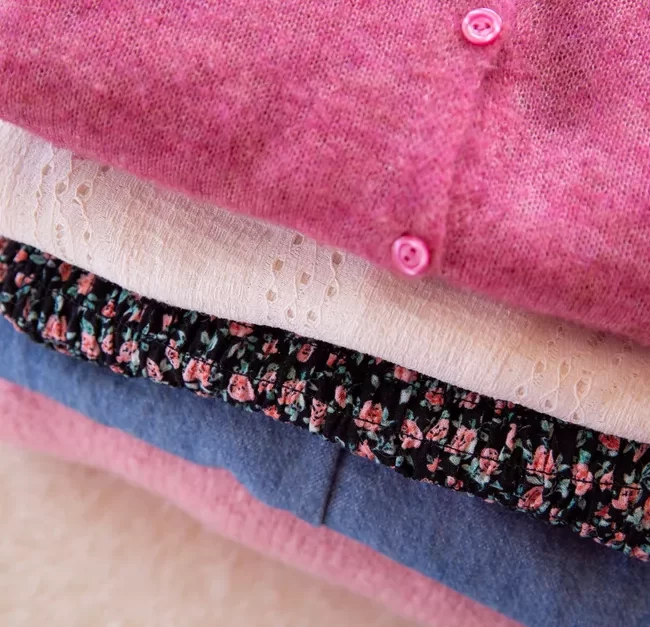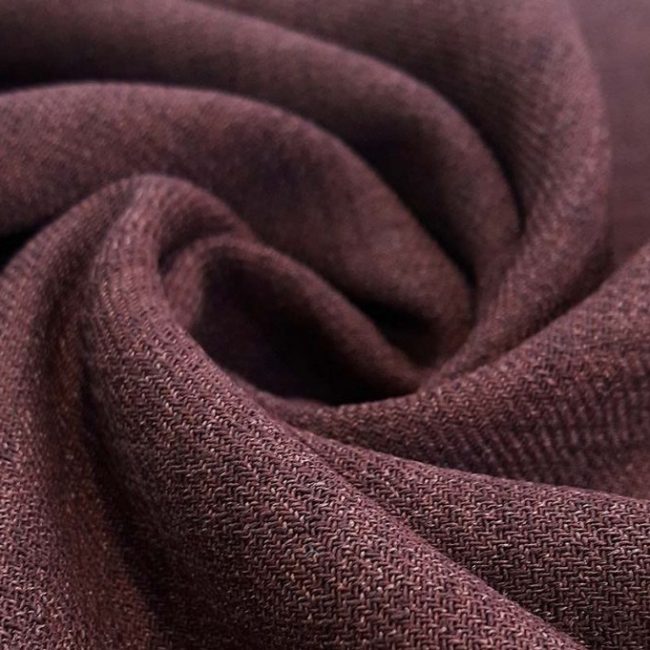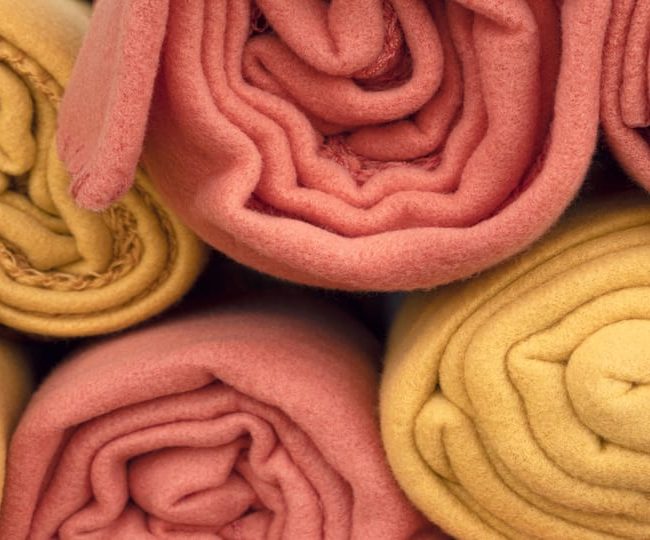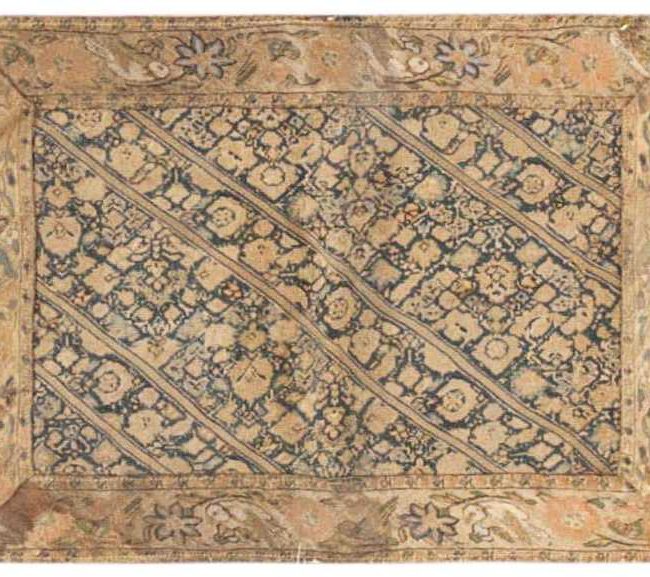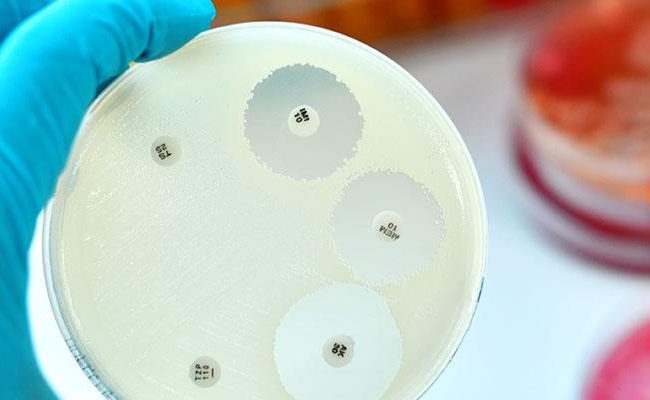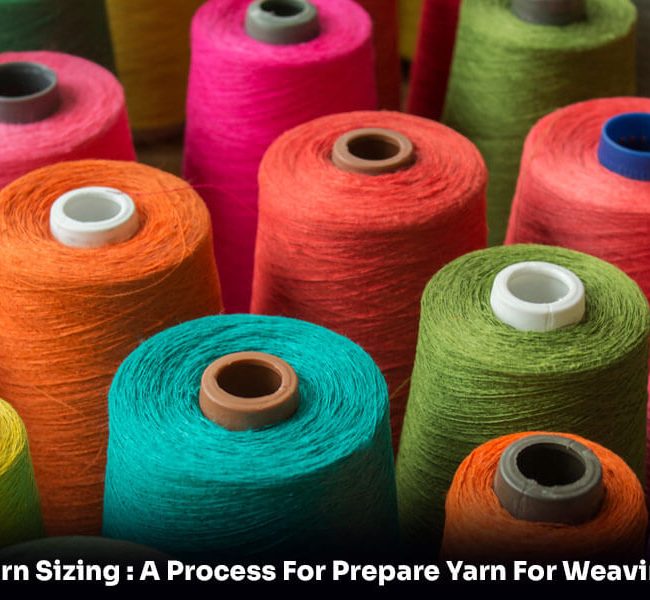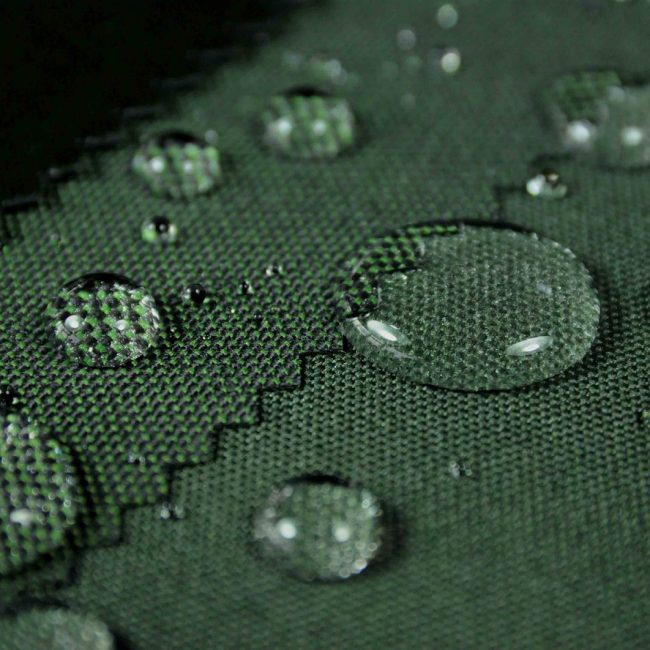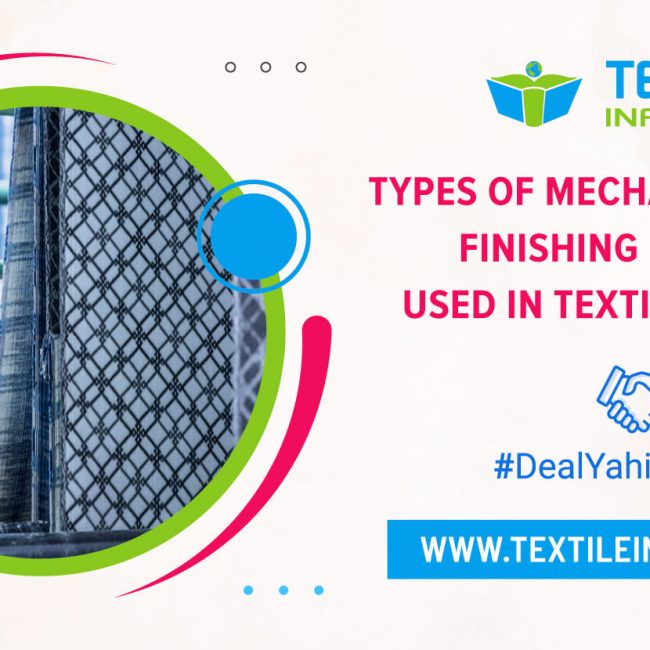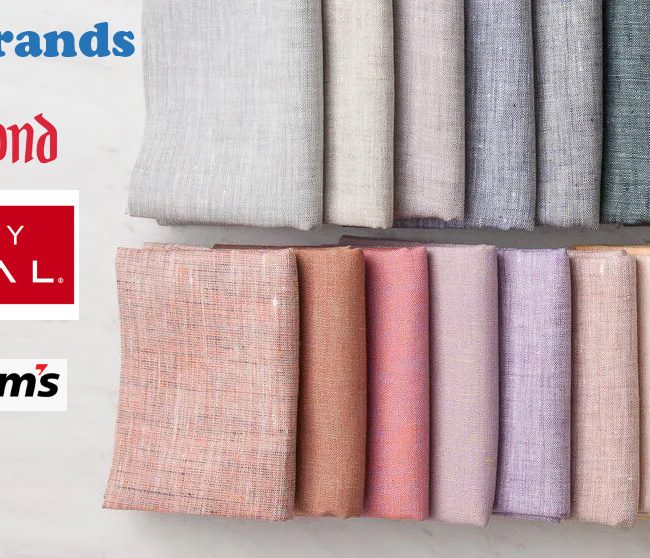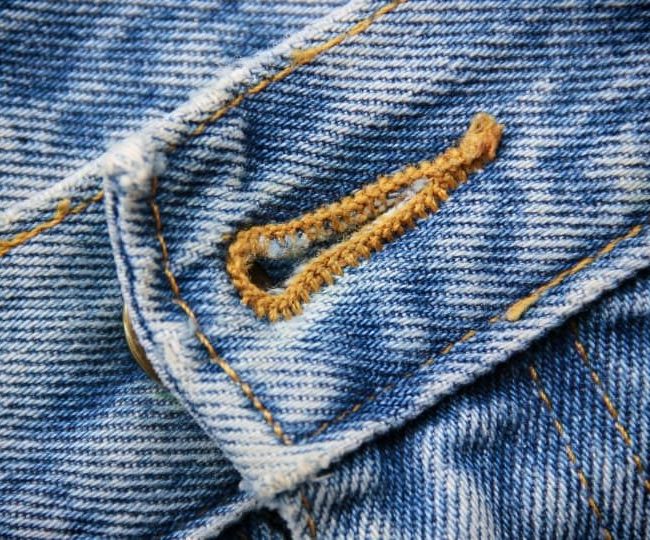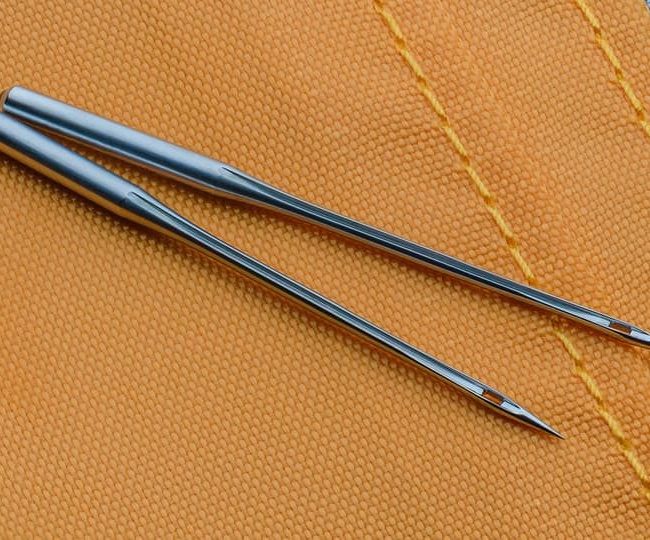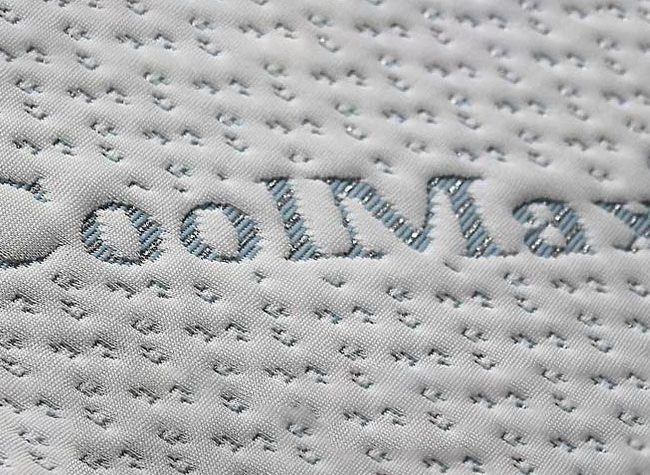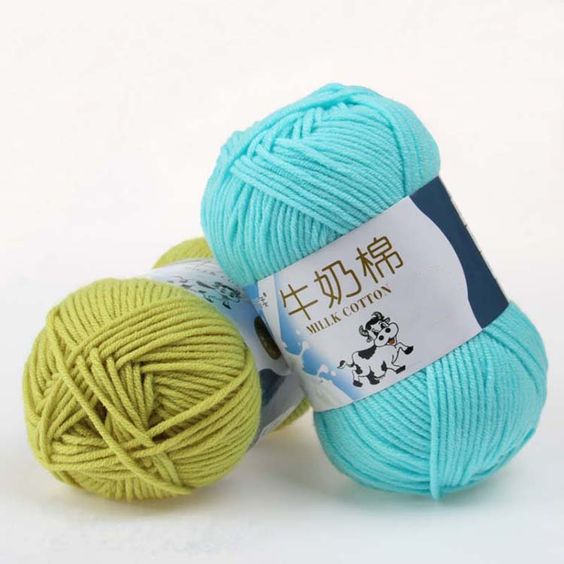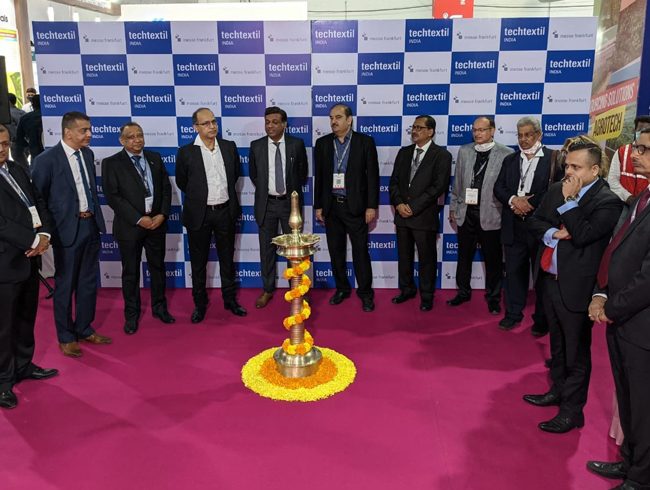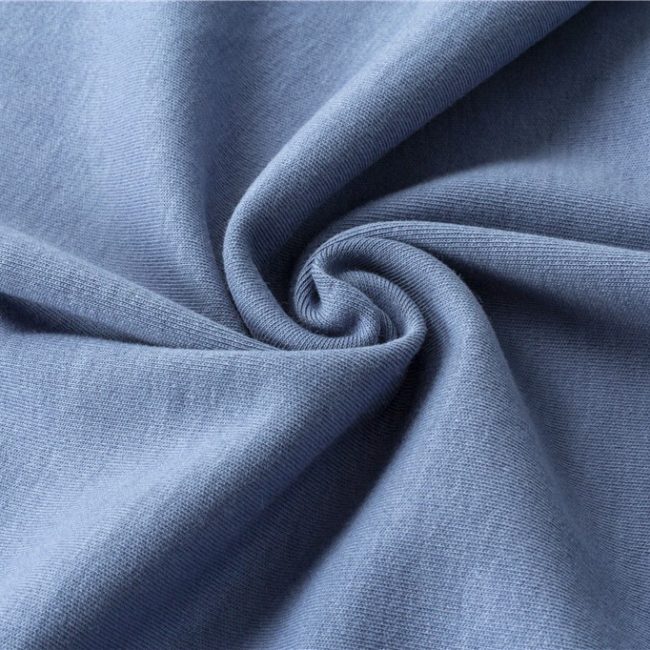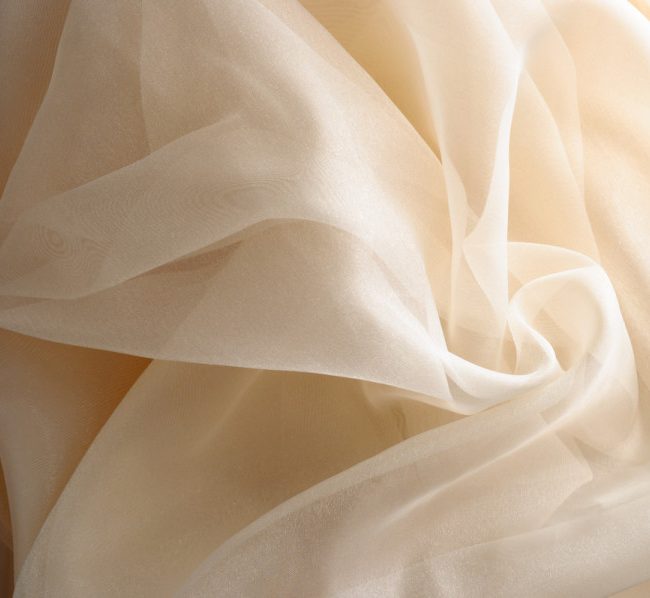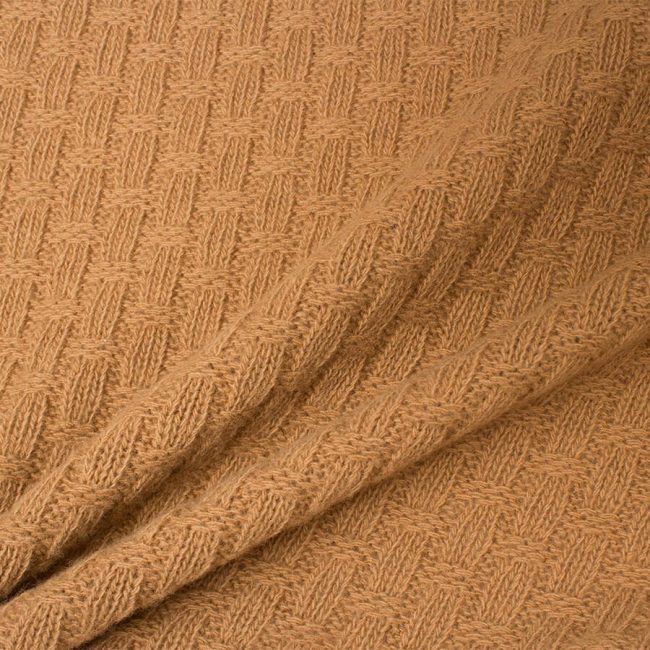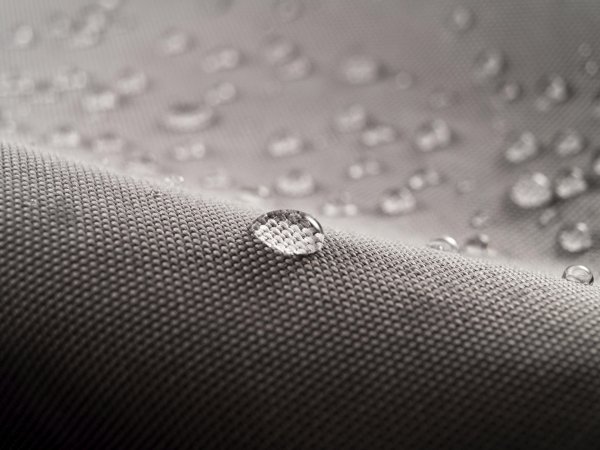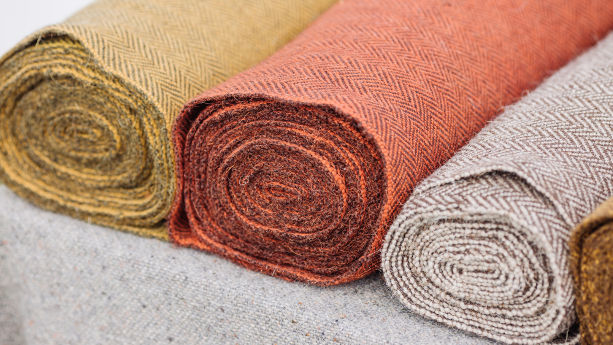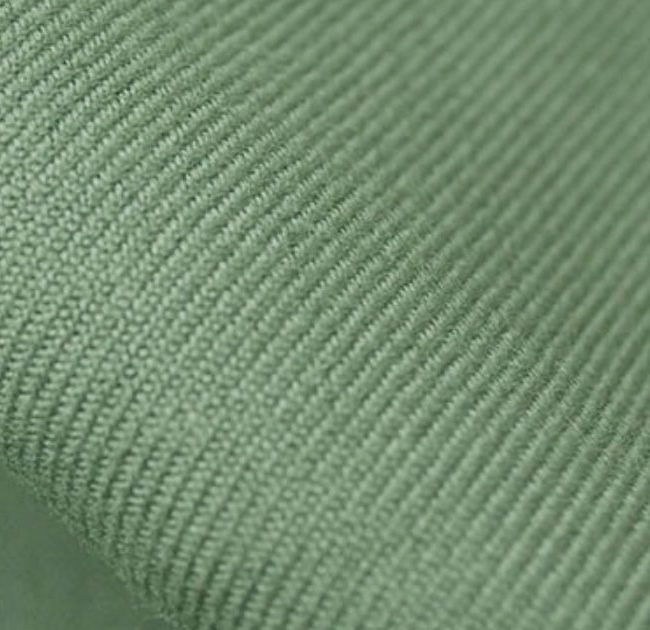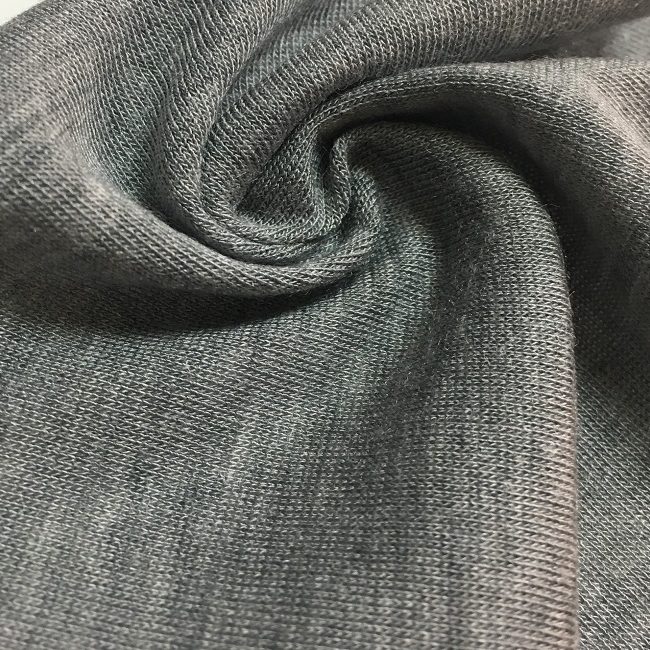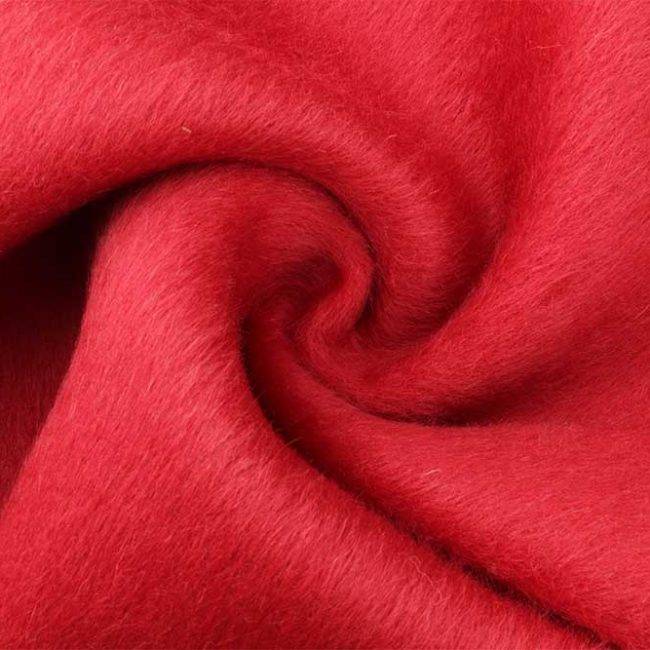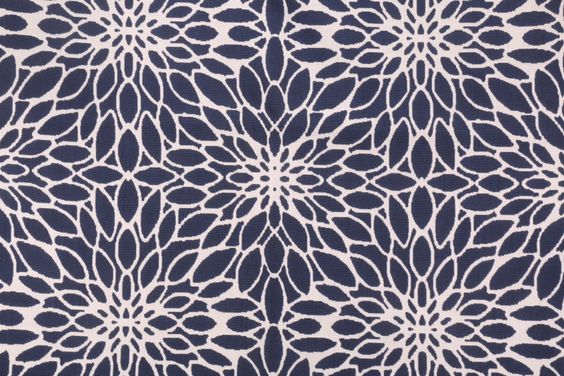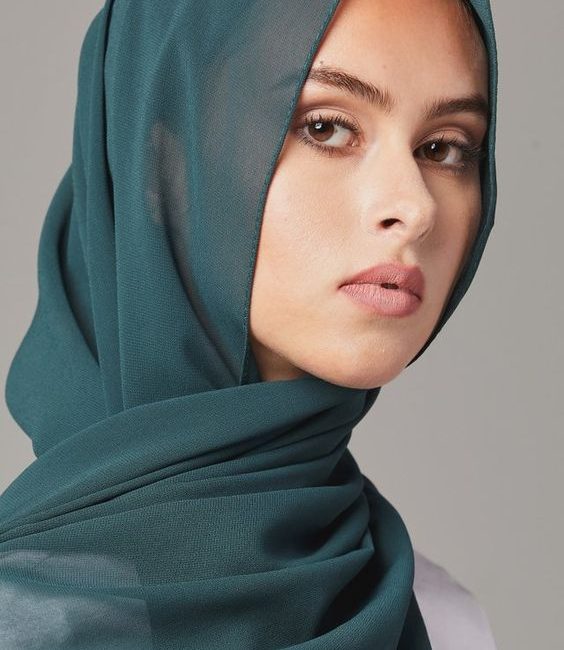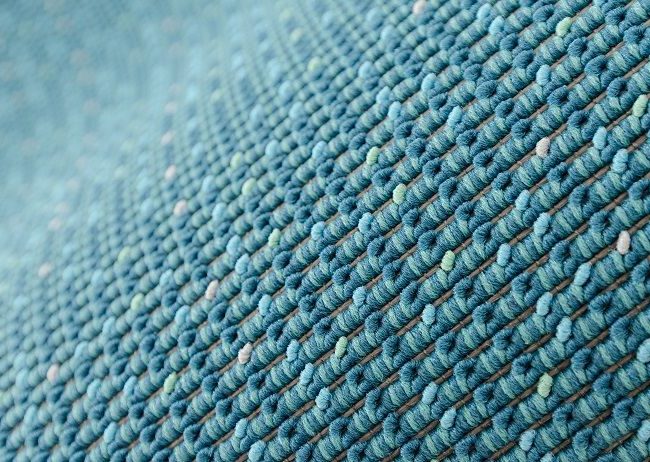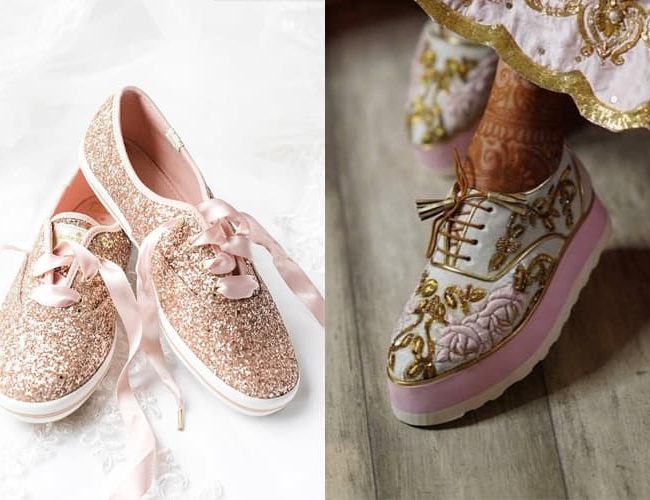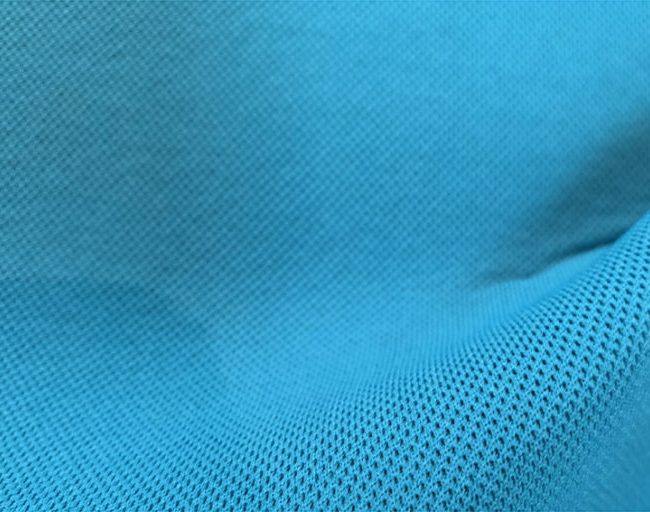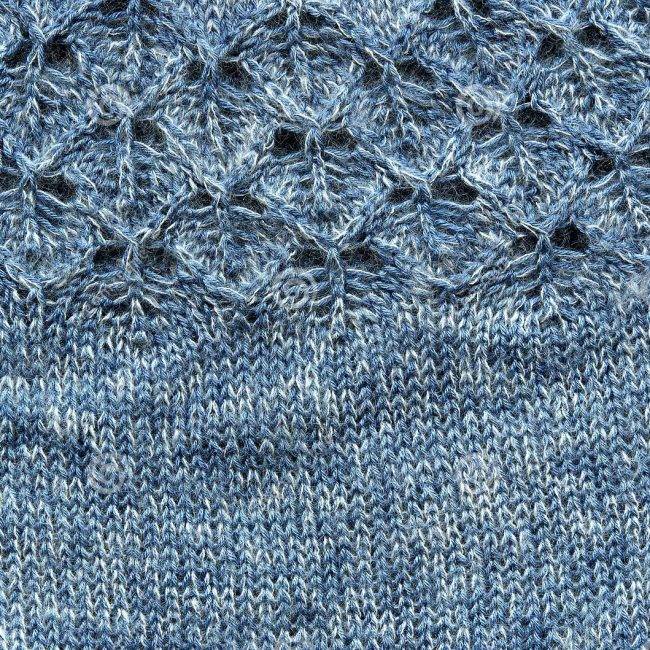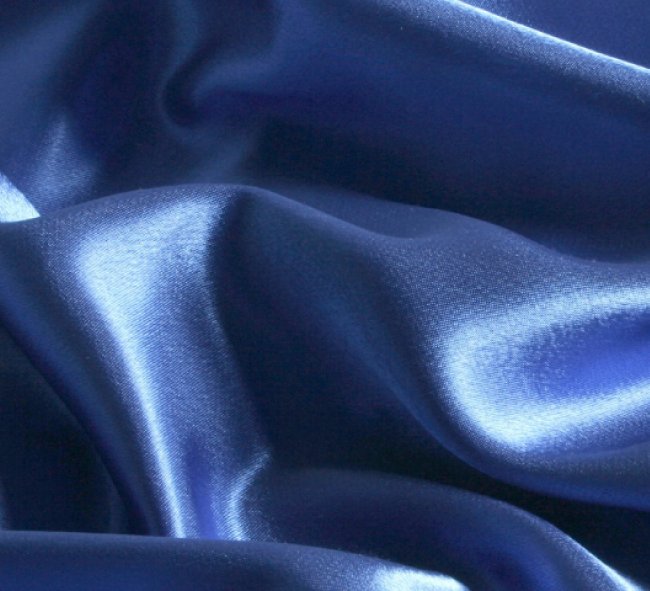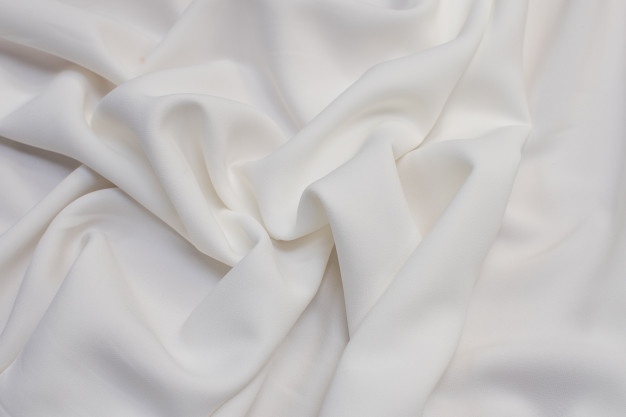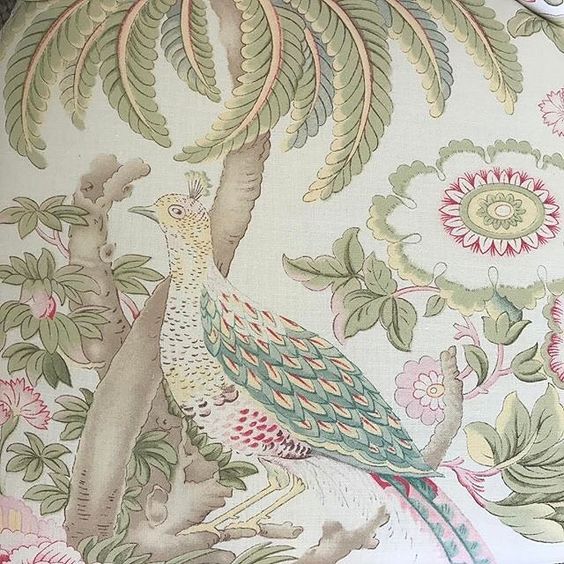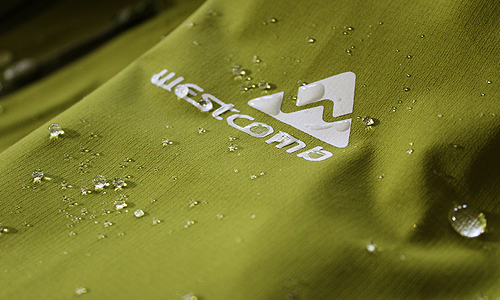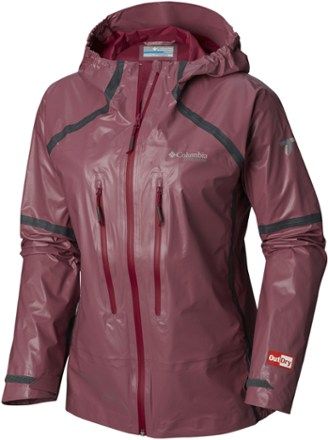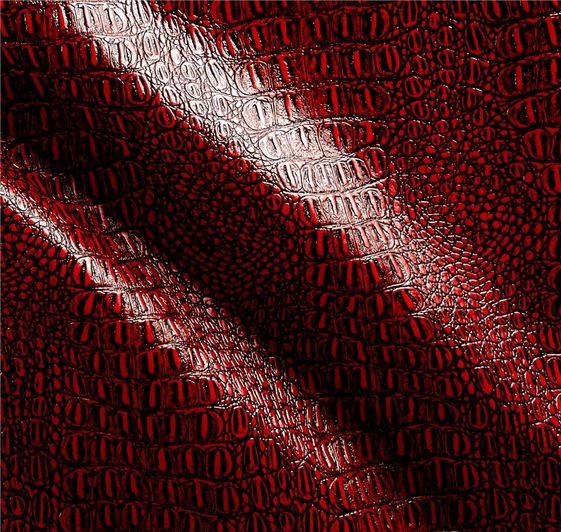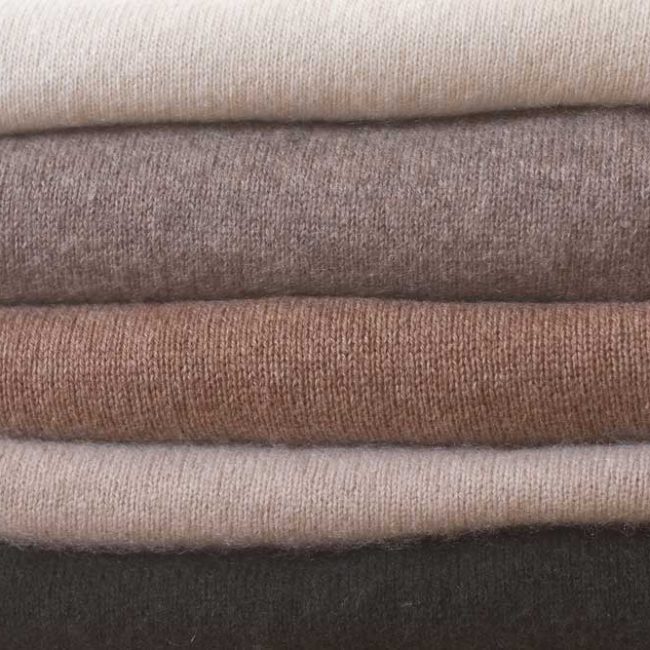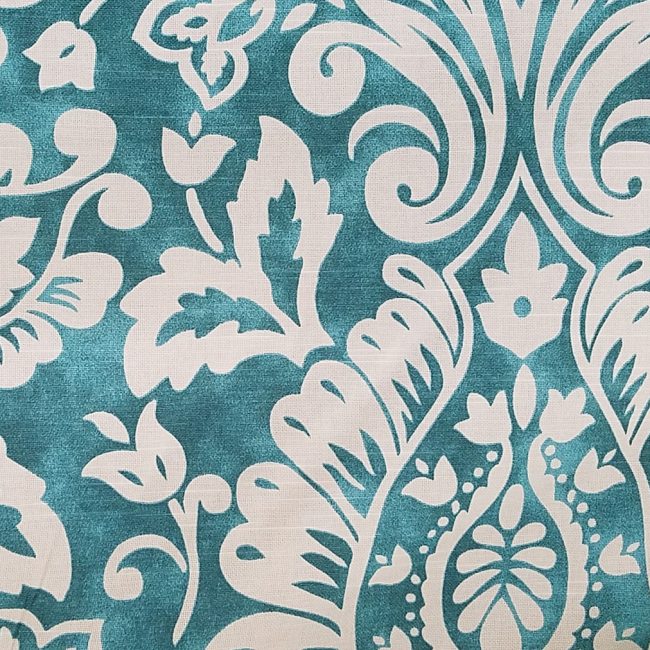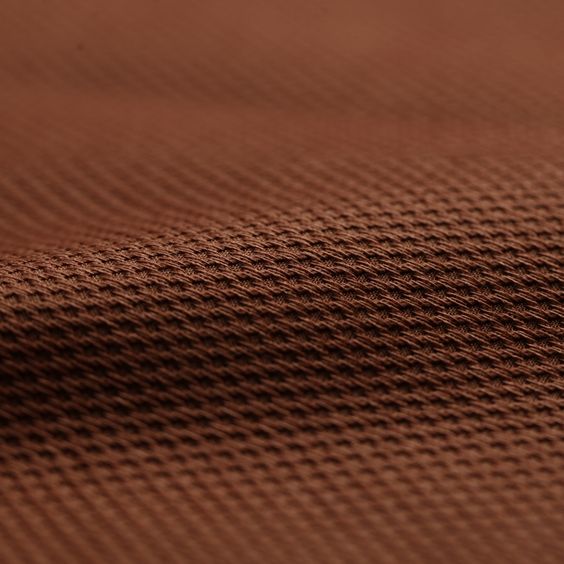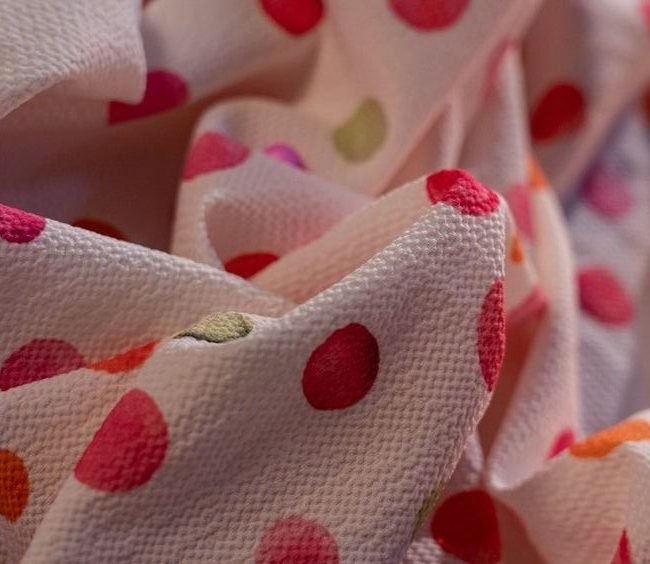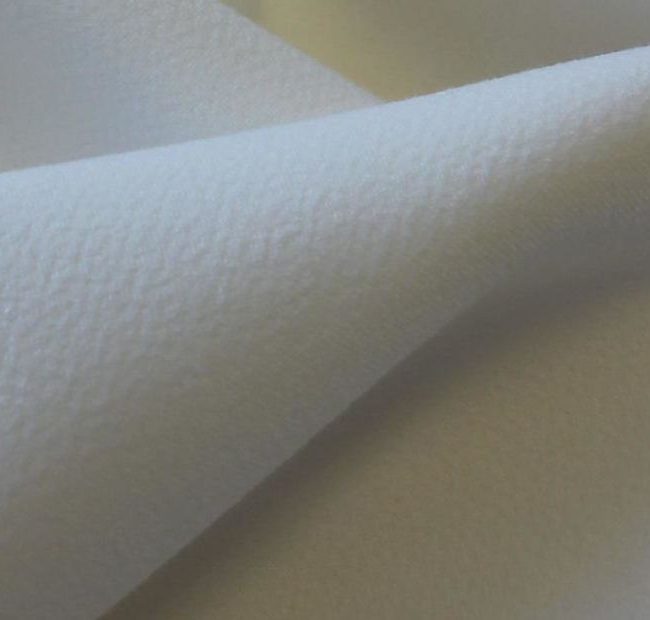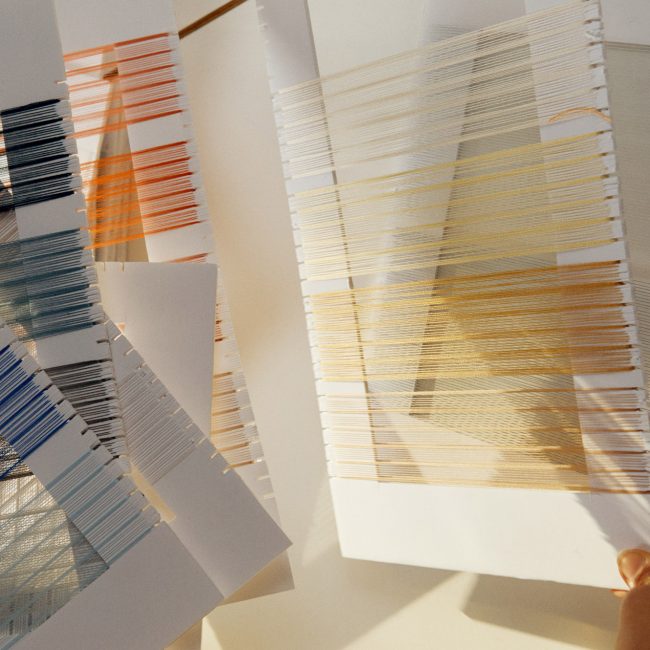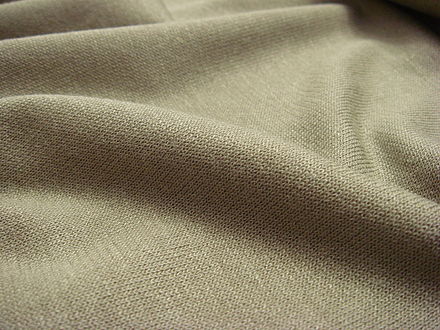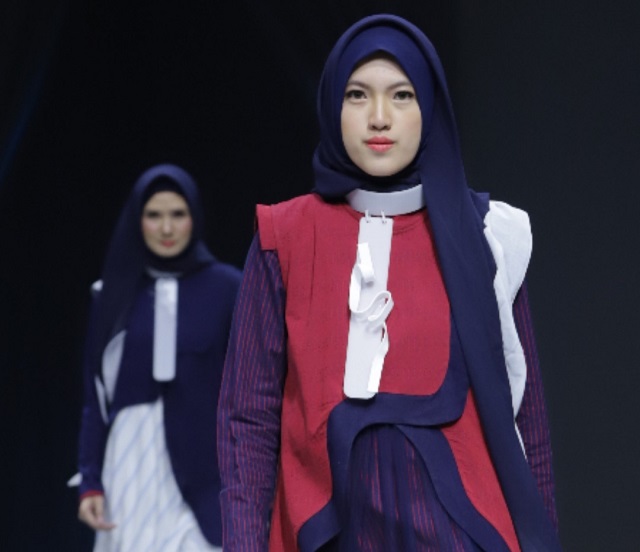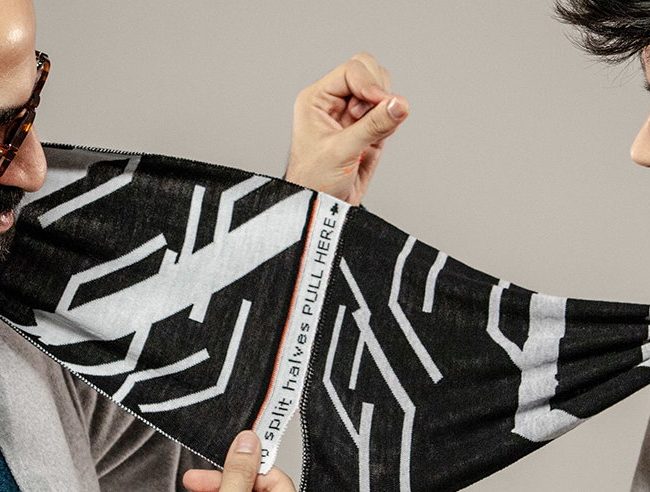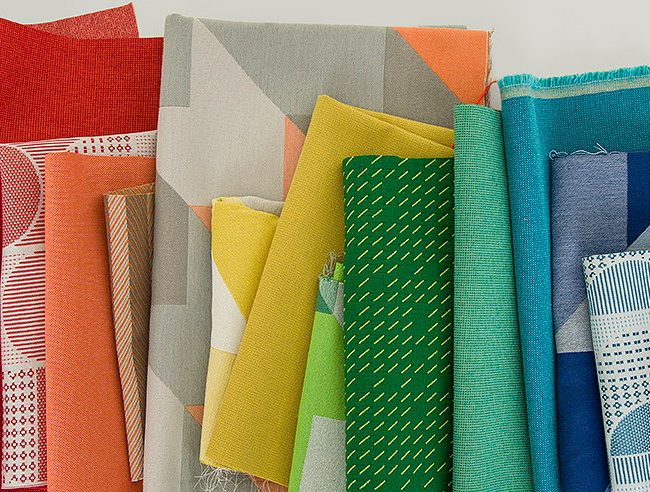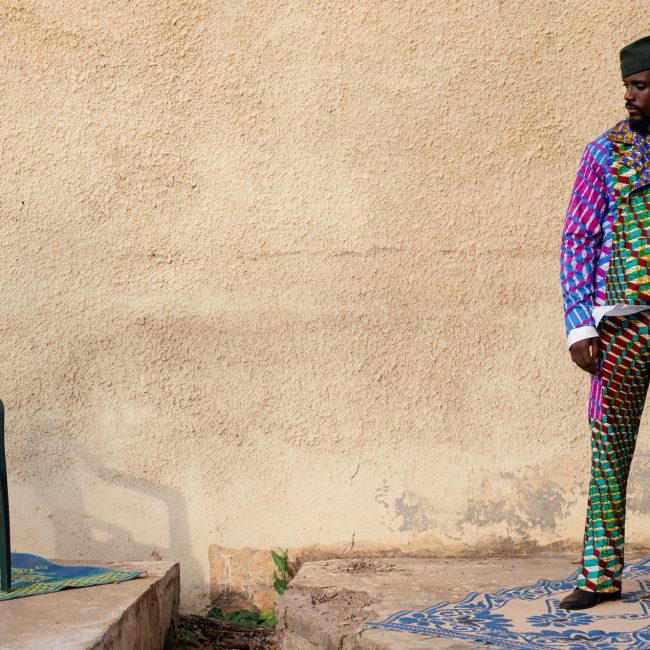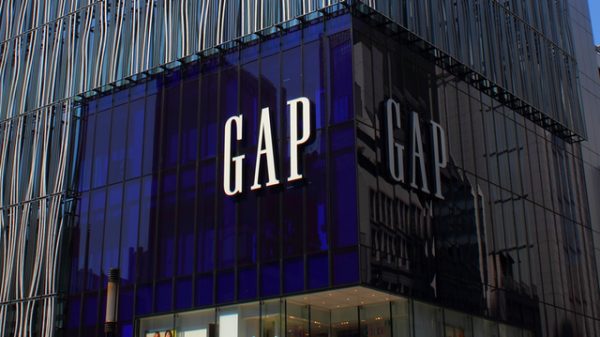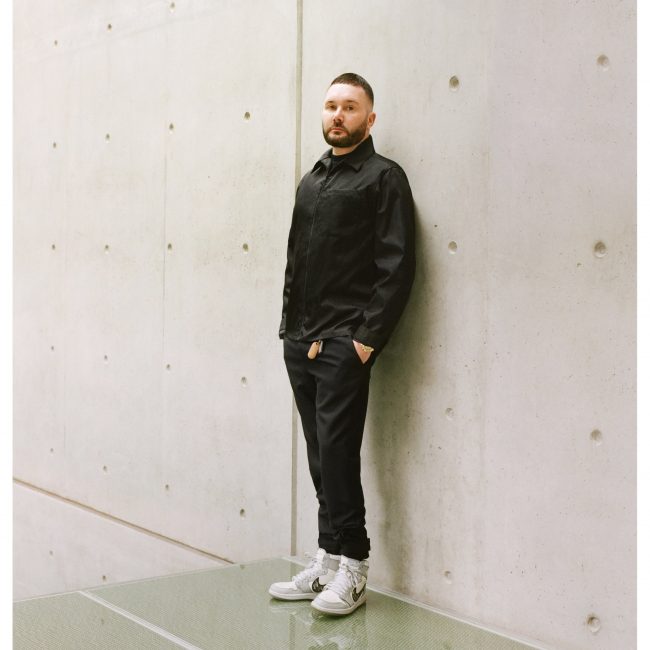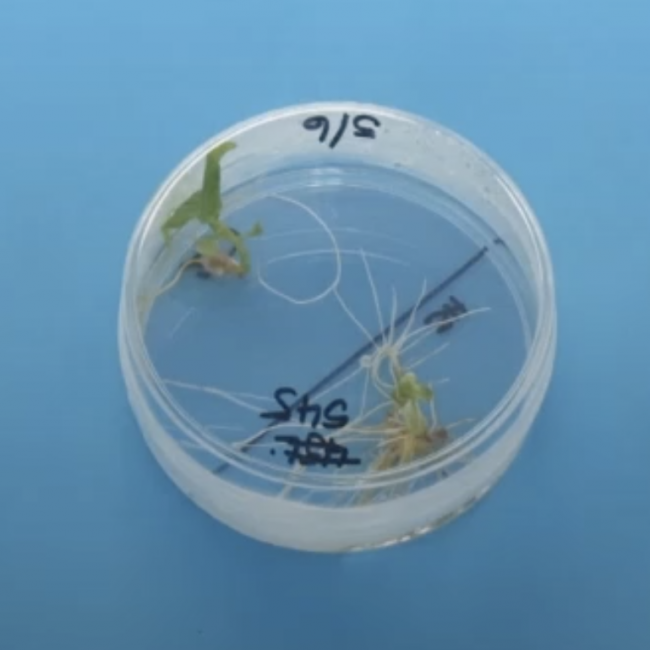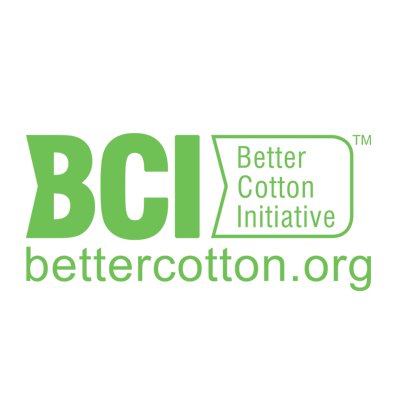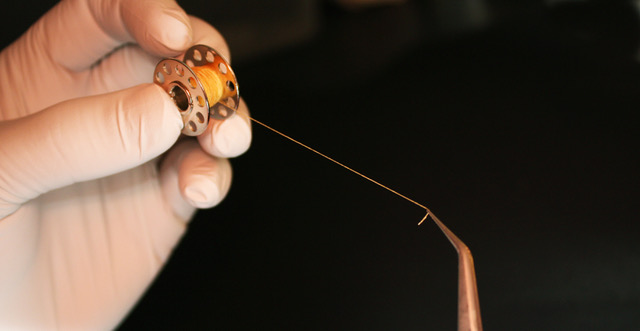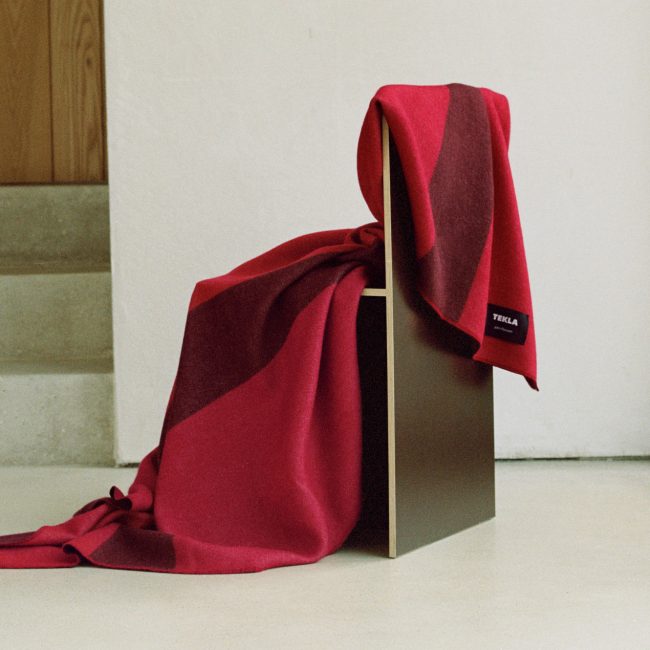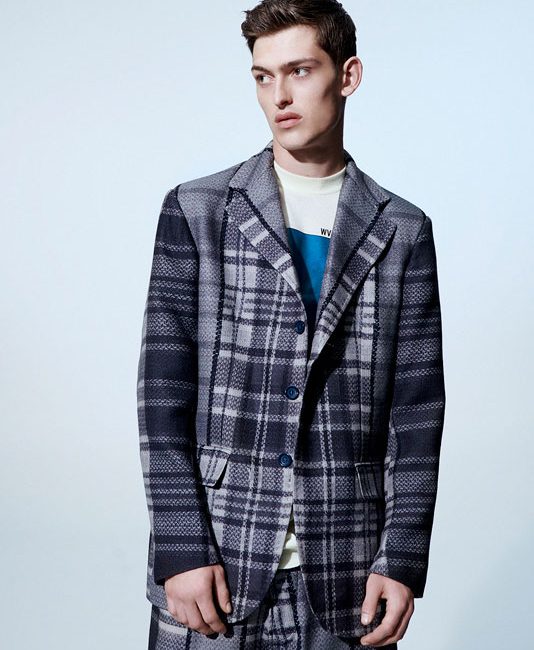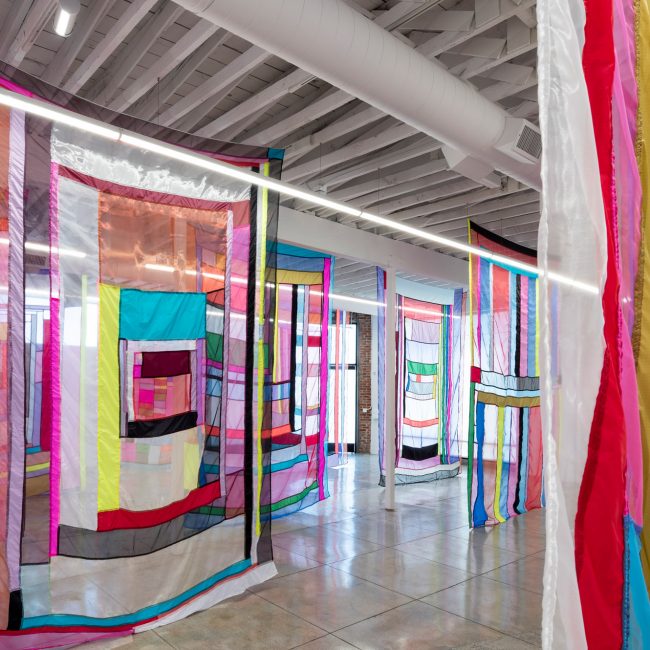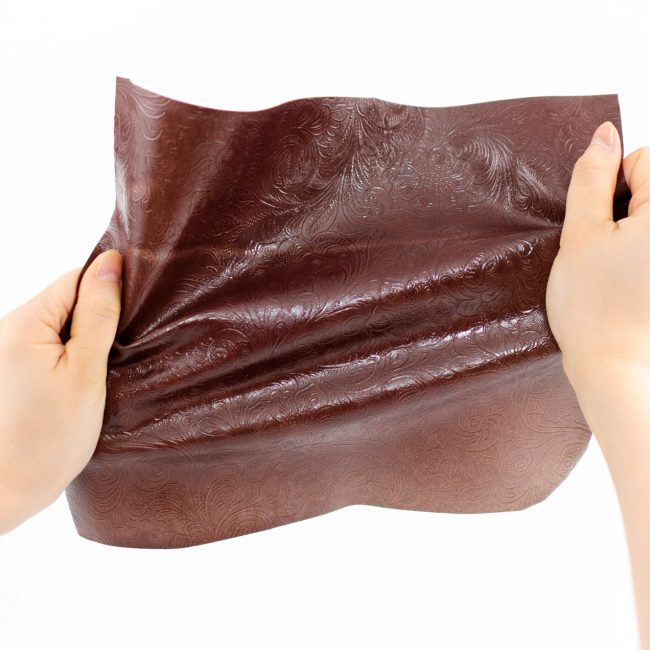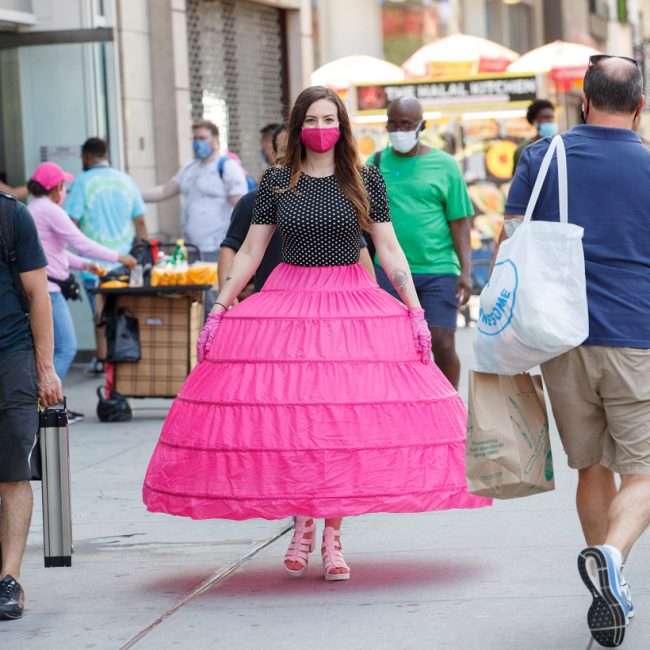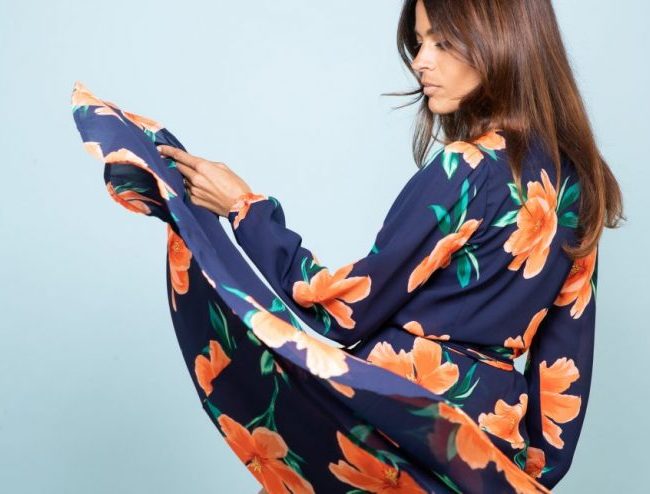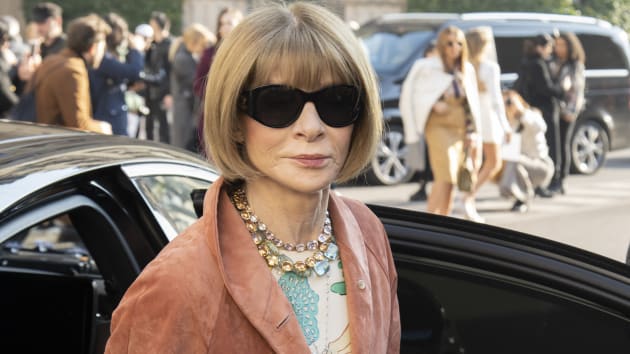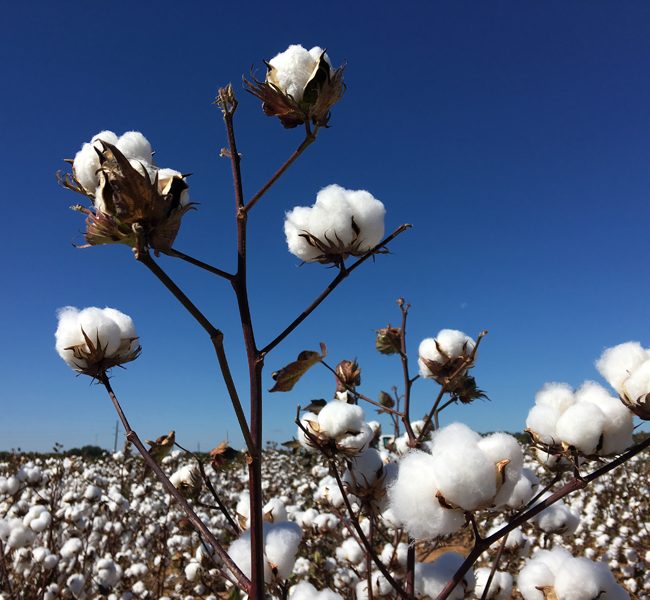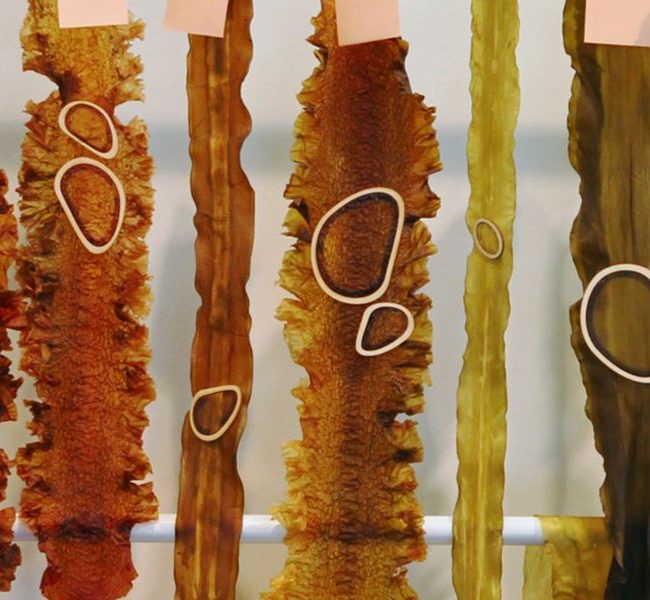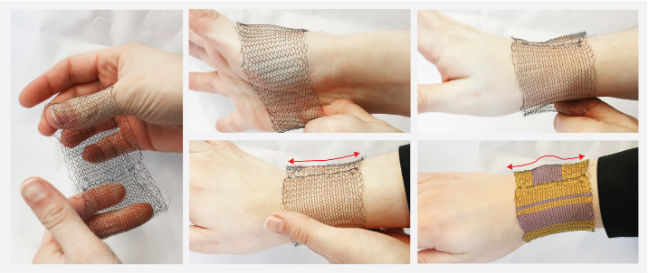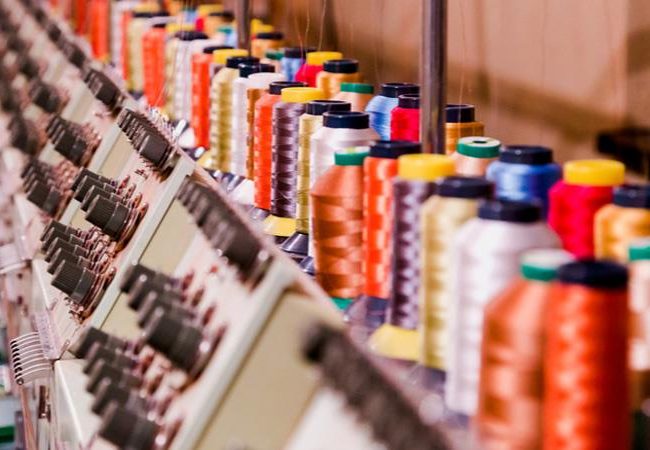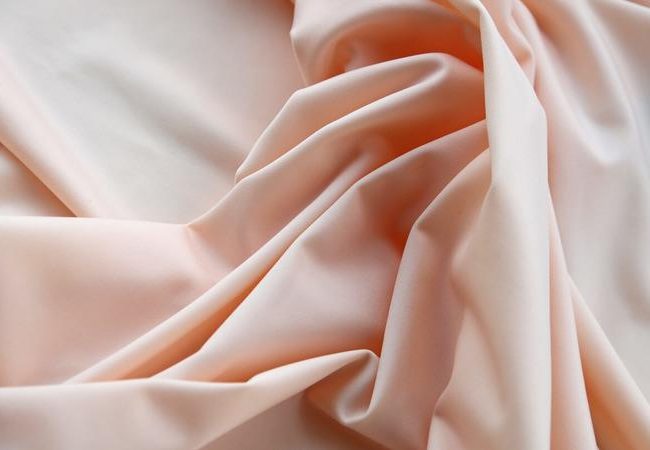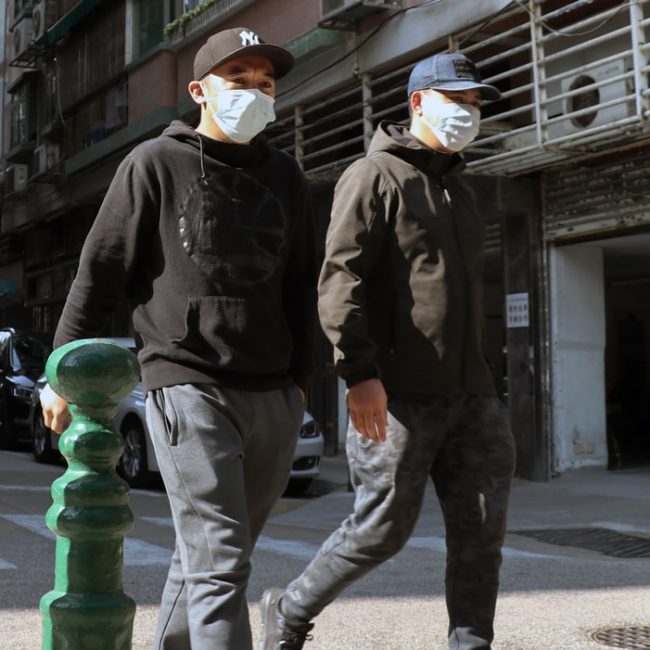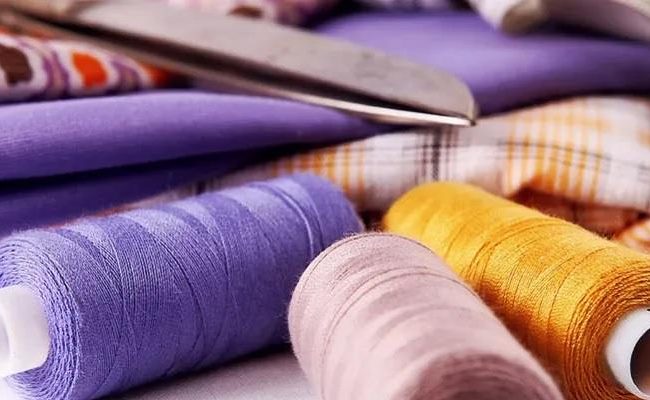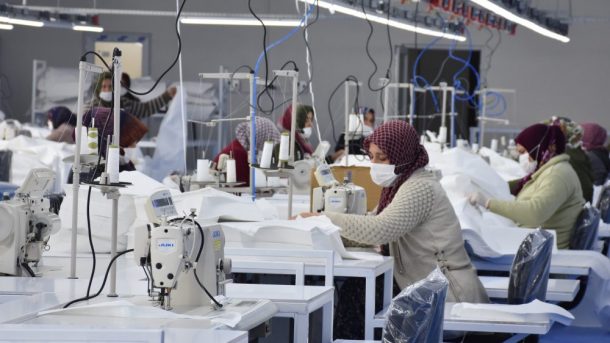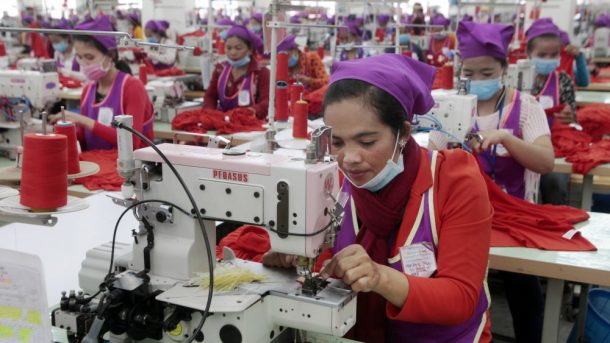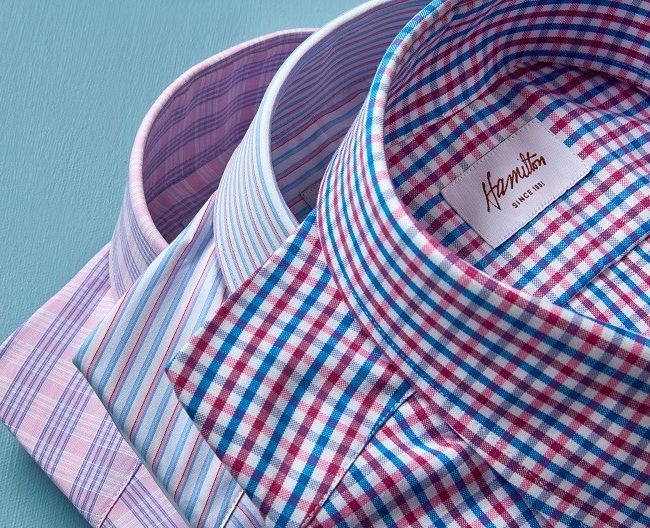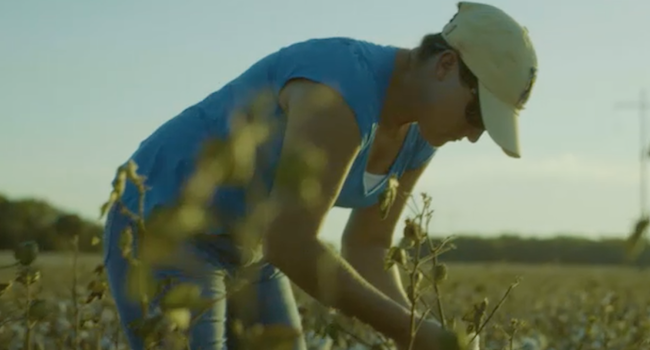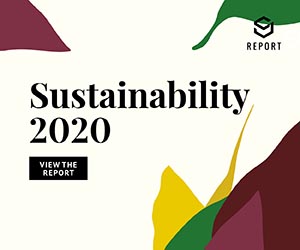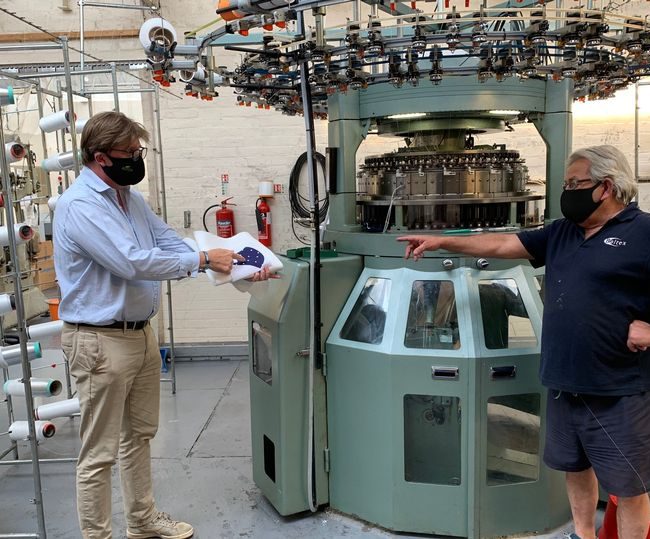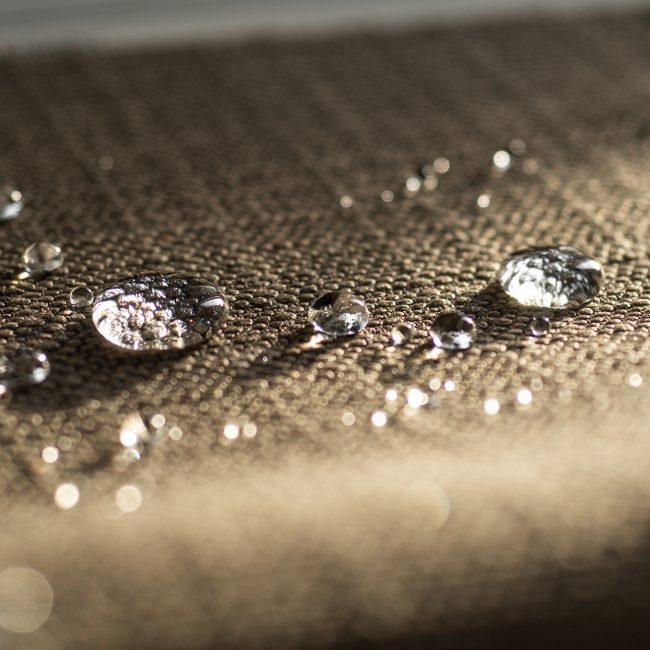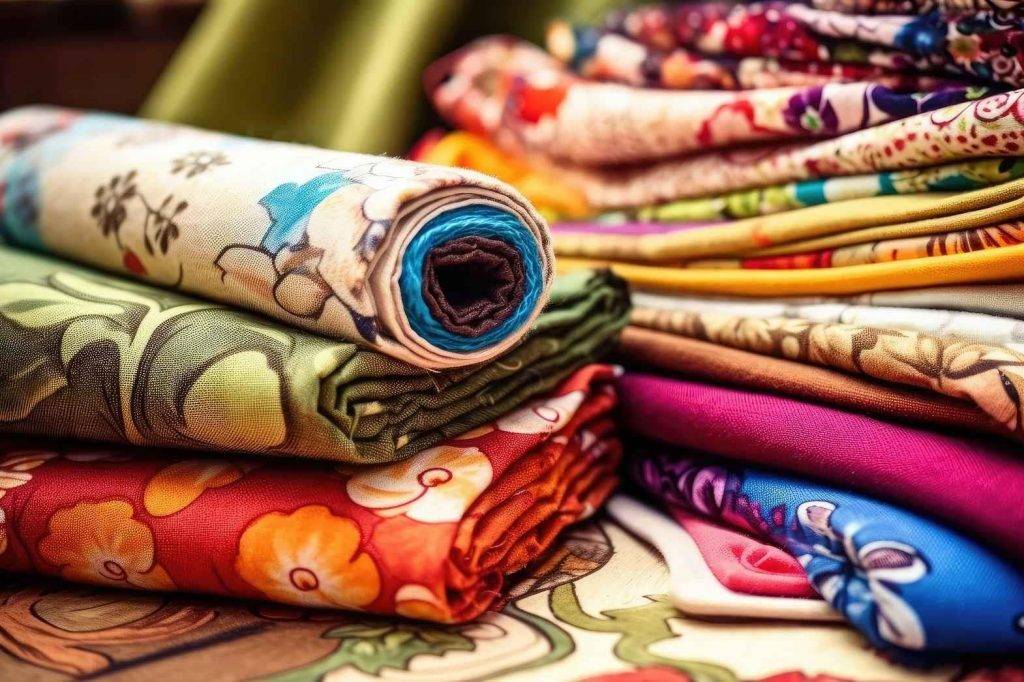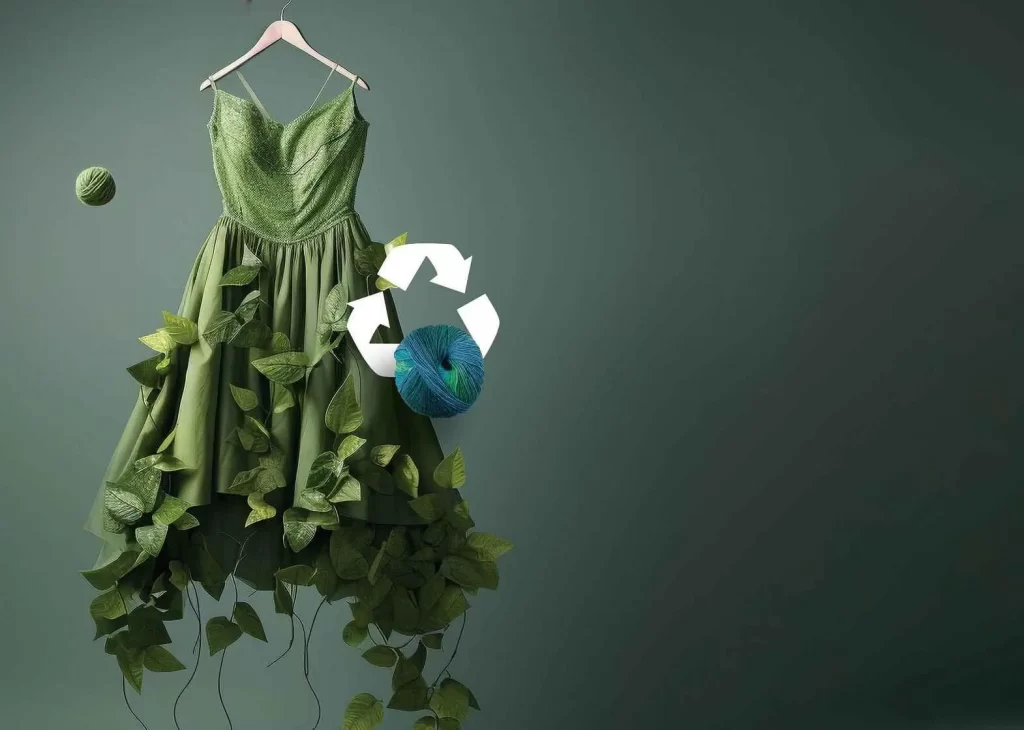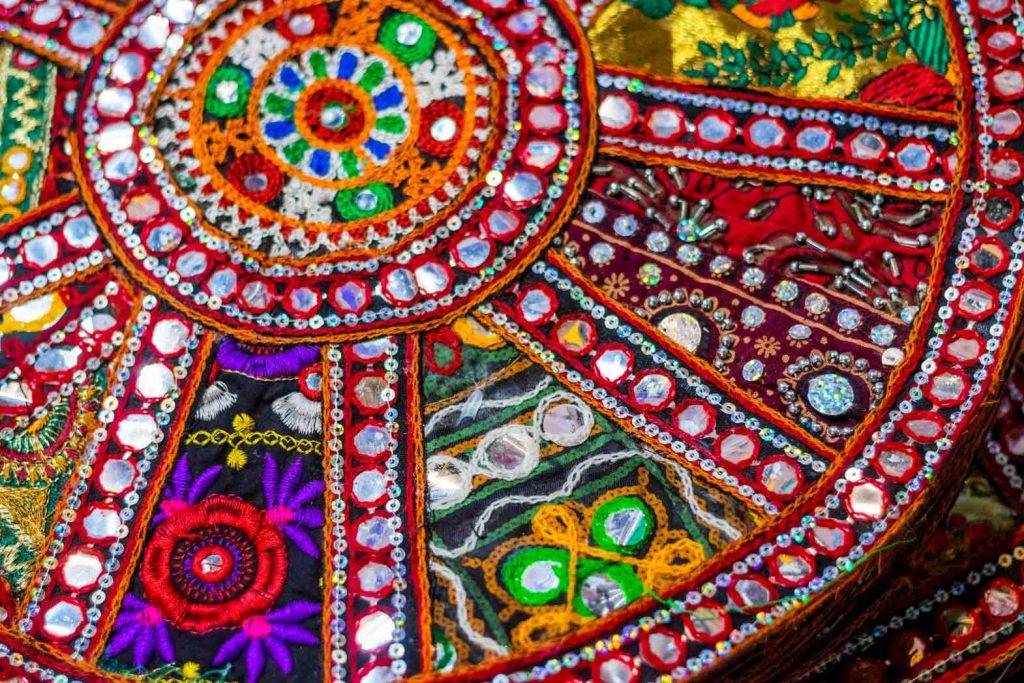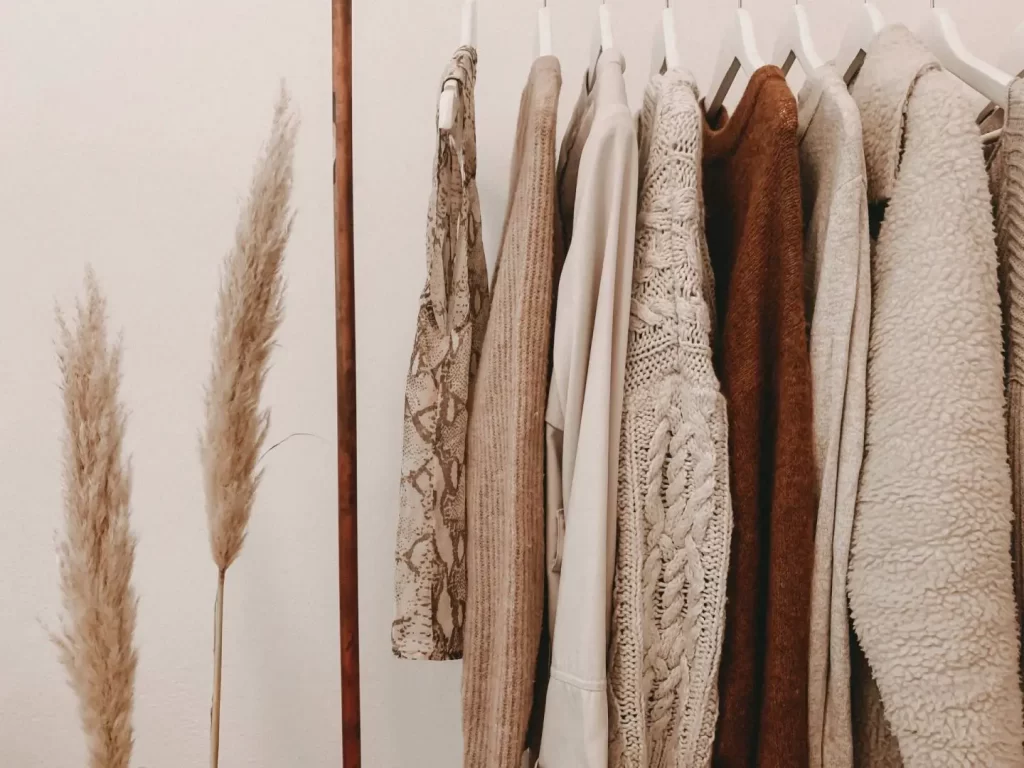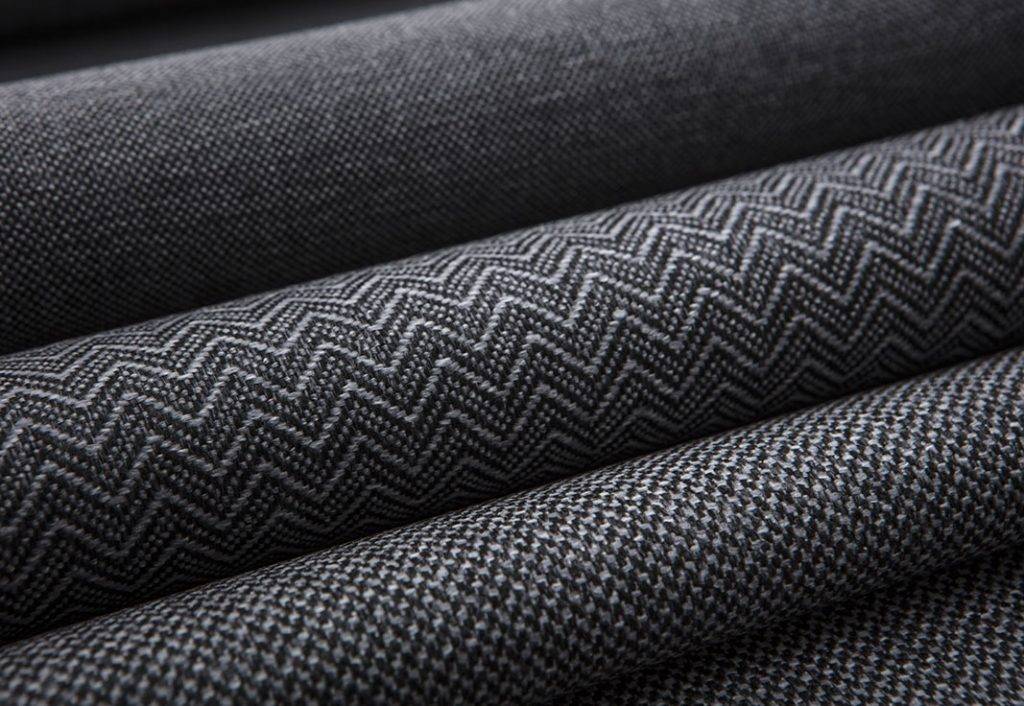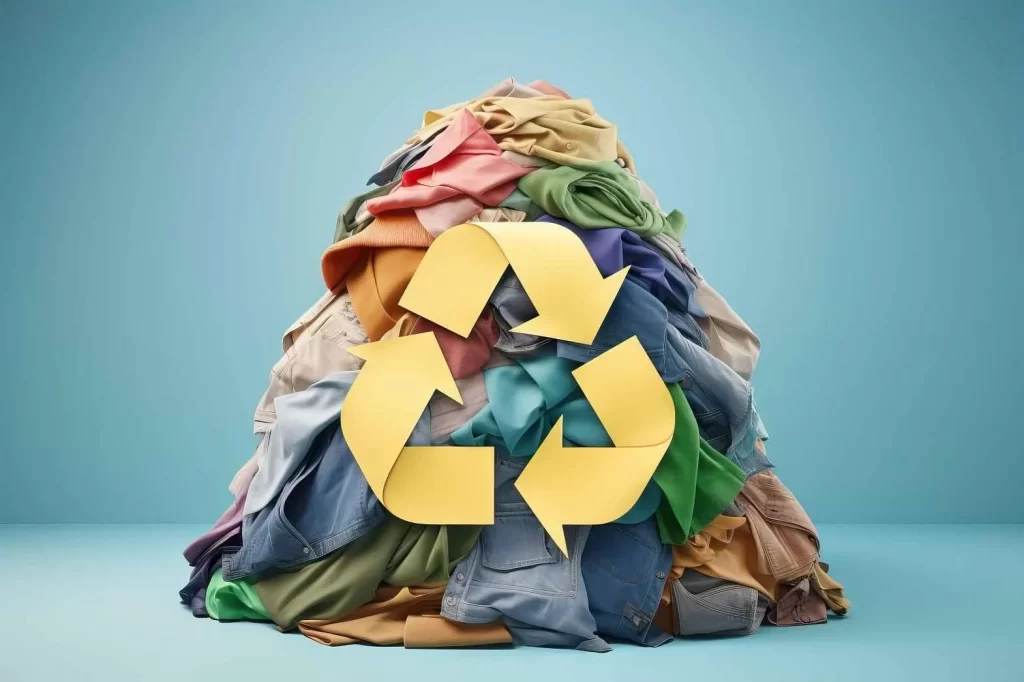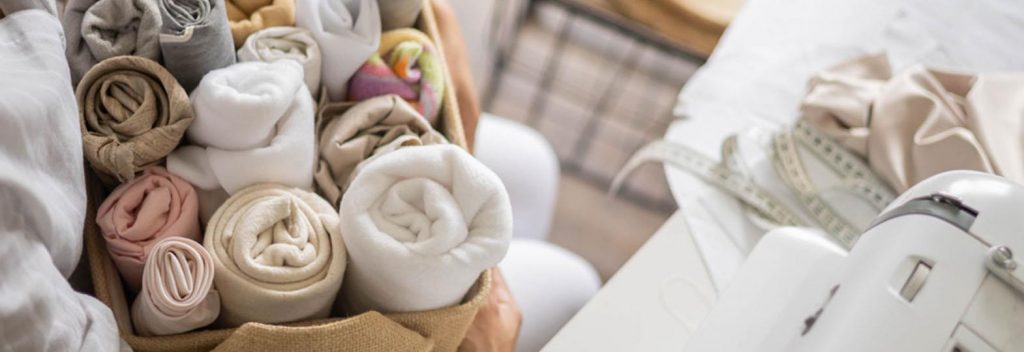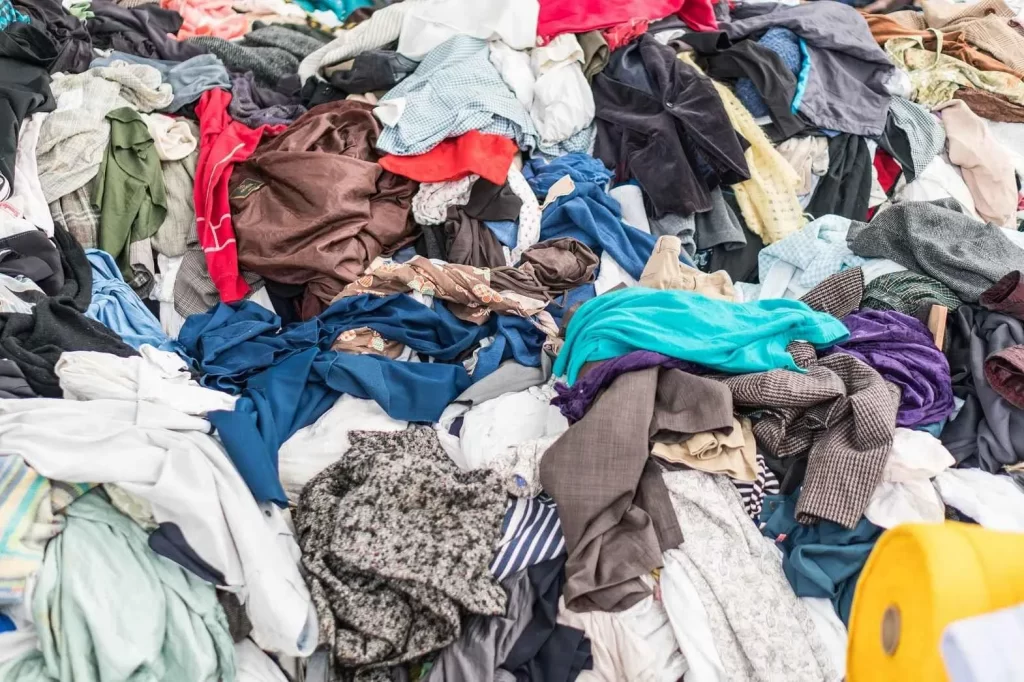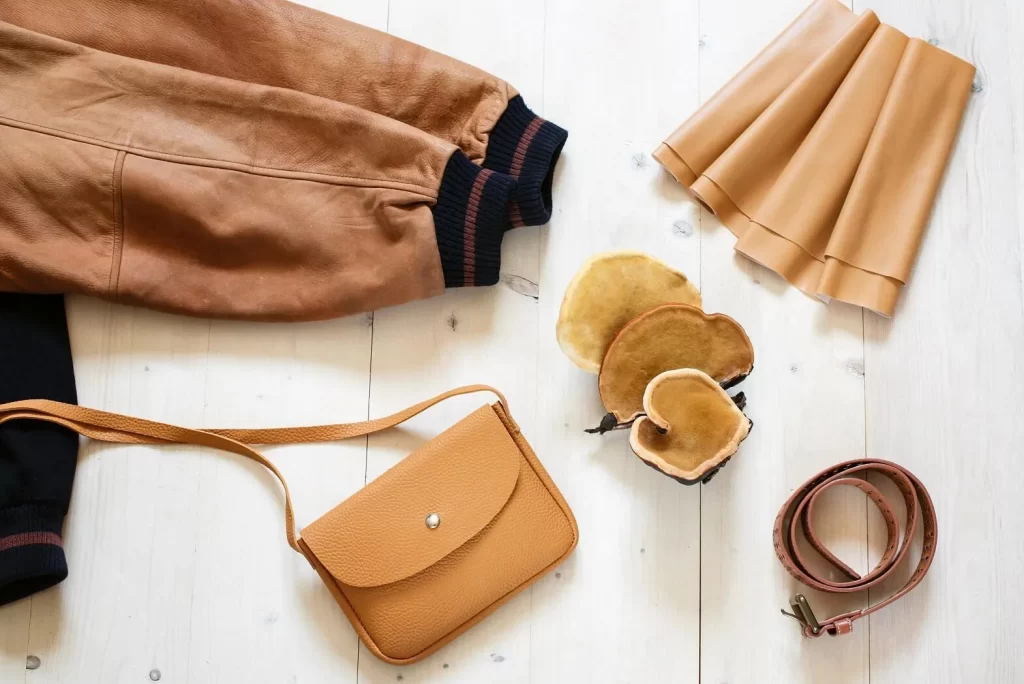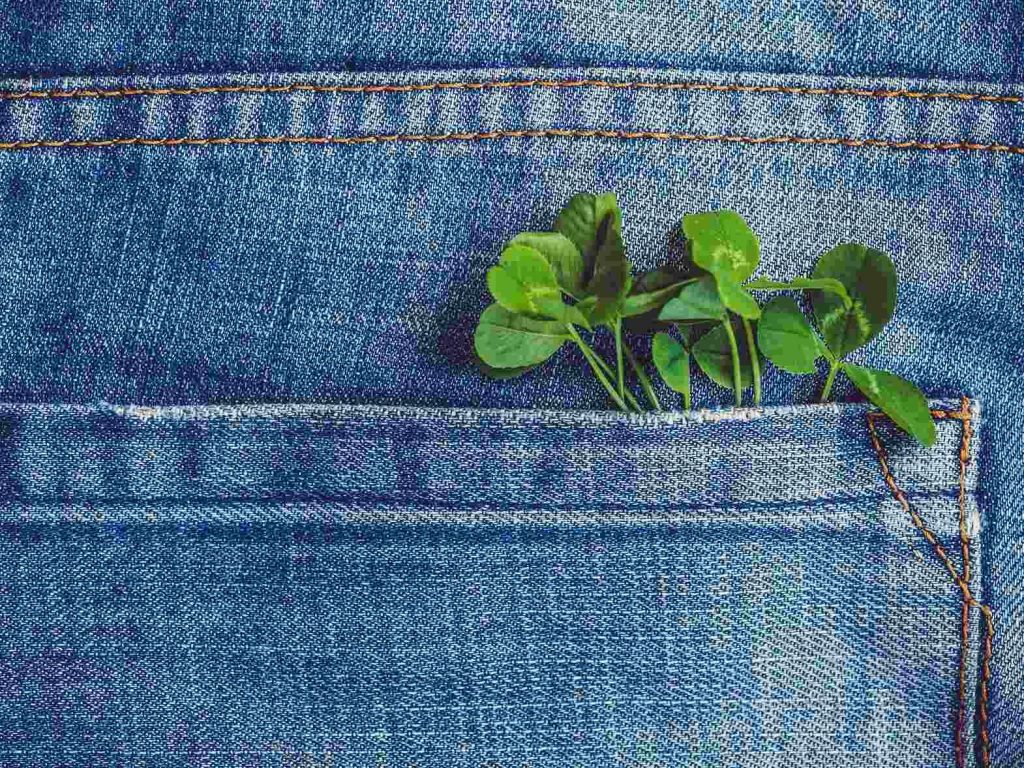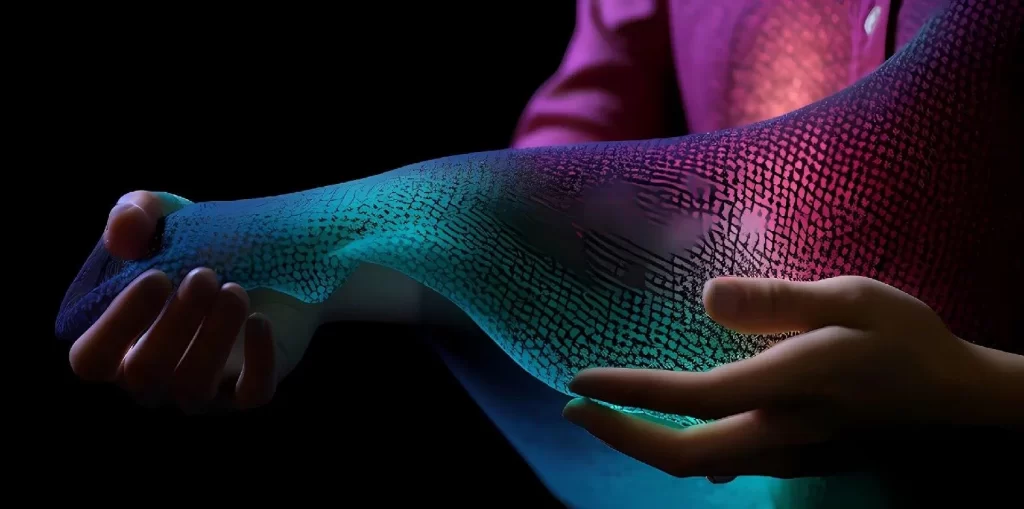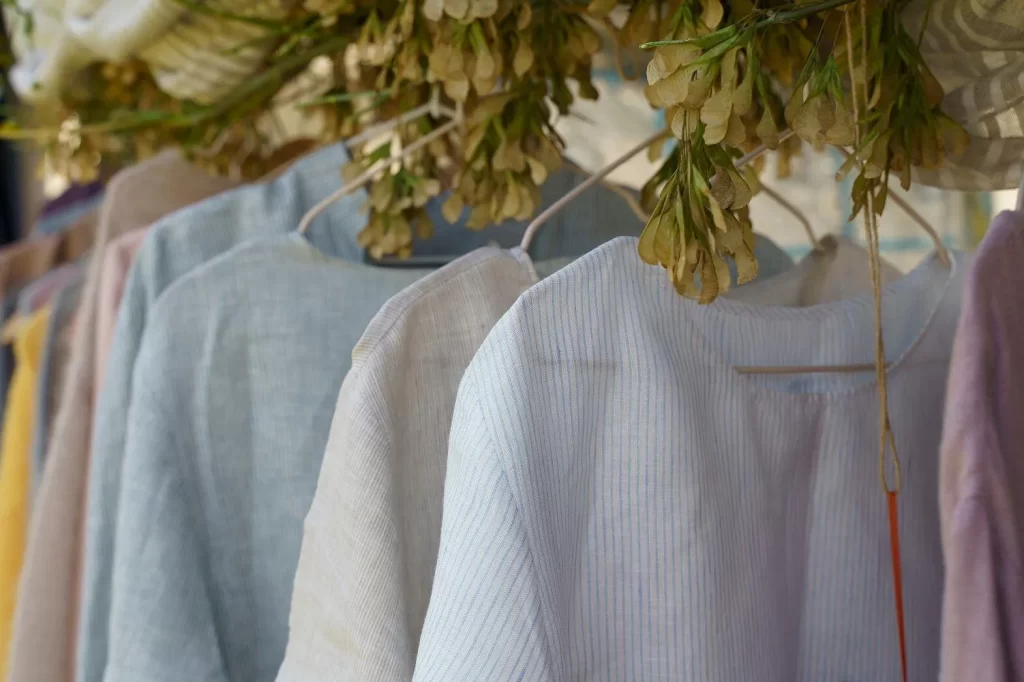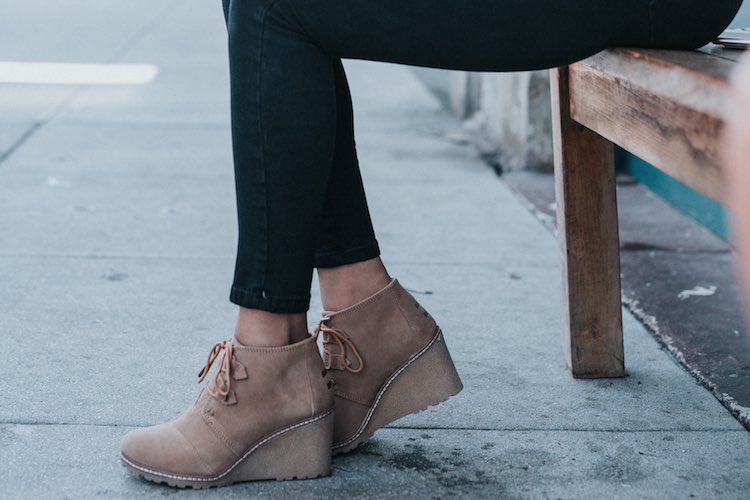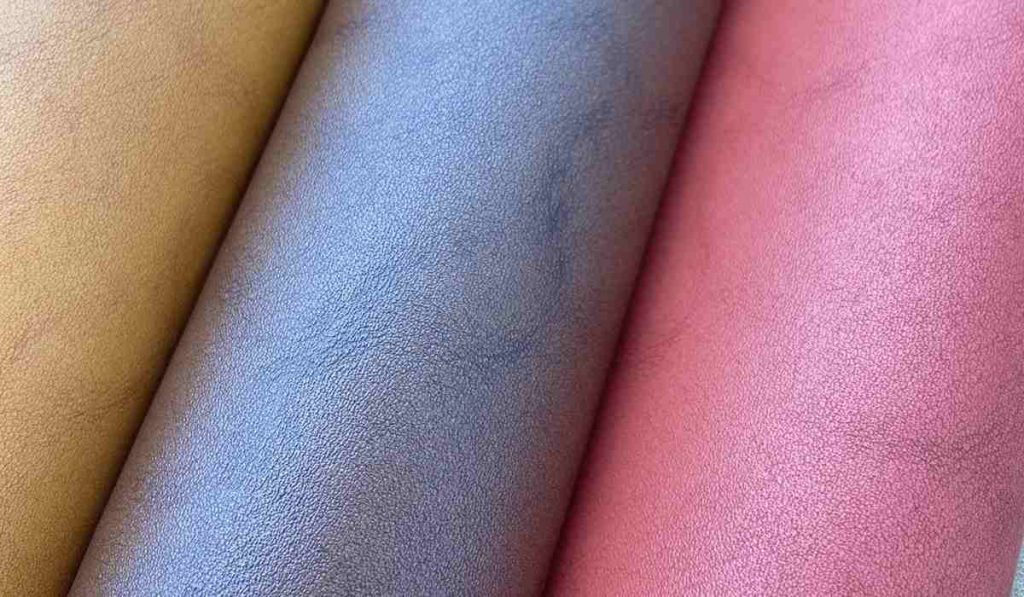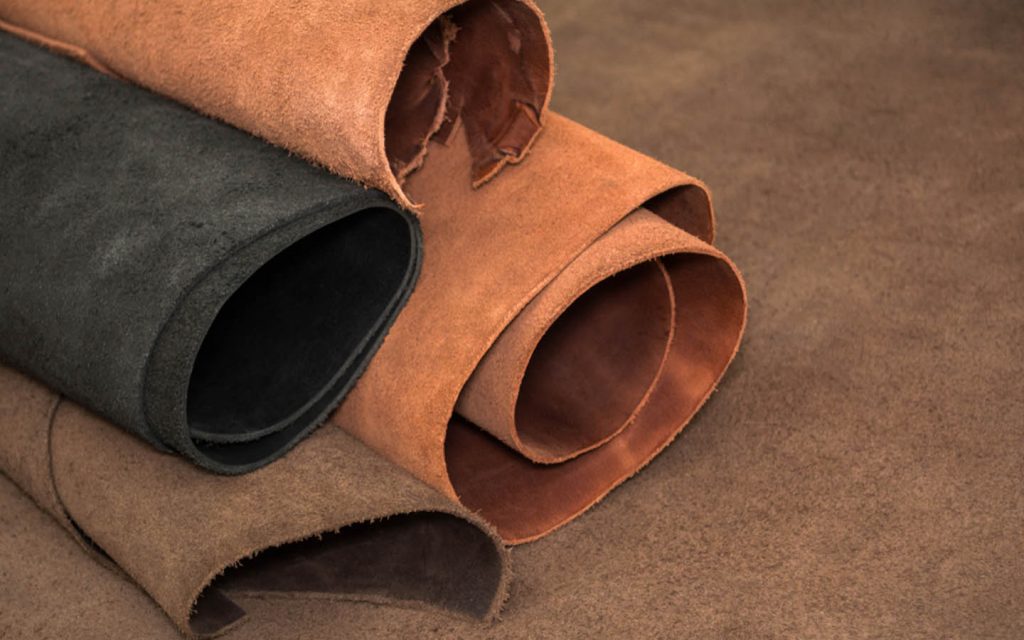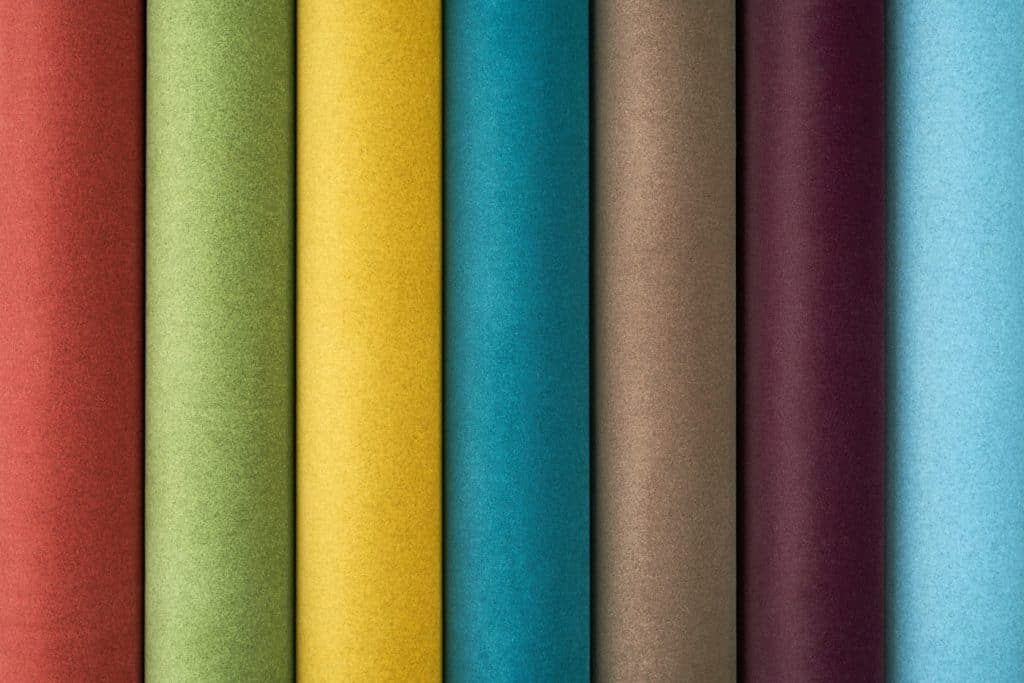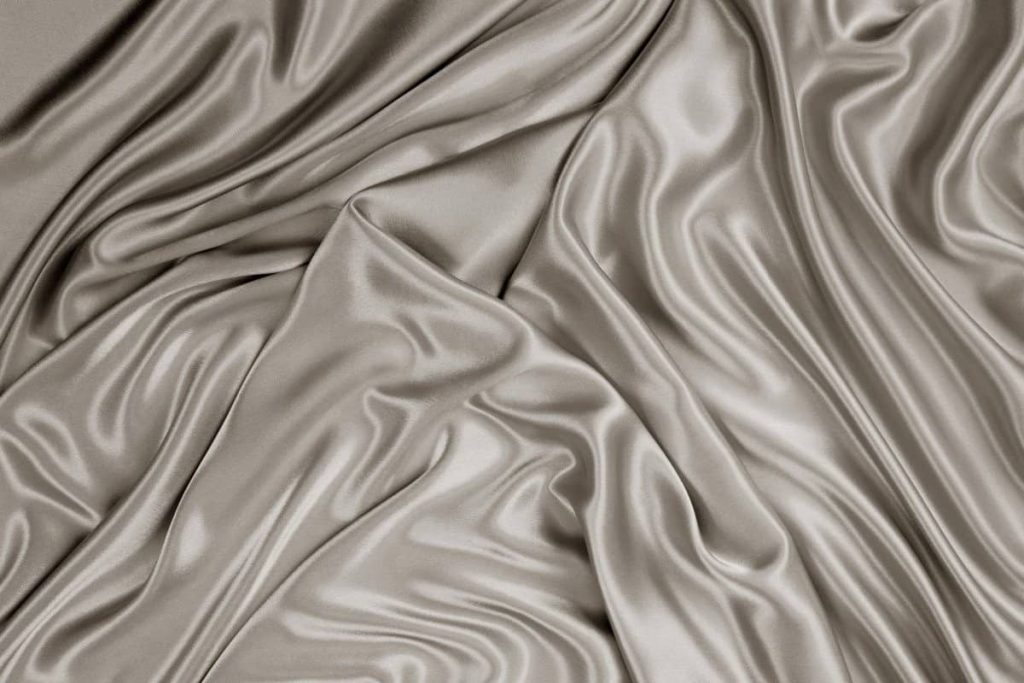Mohair Wool
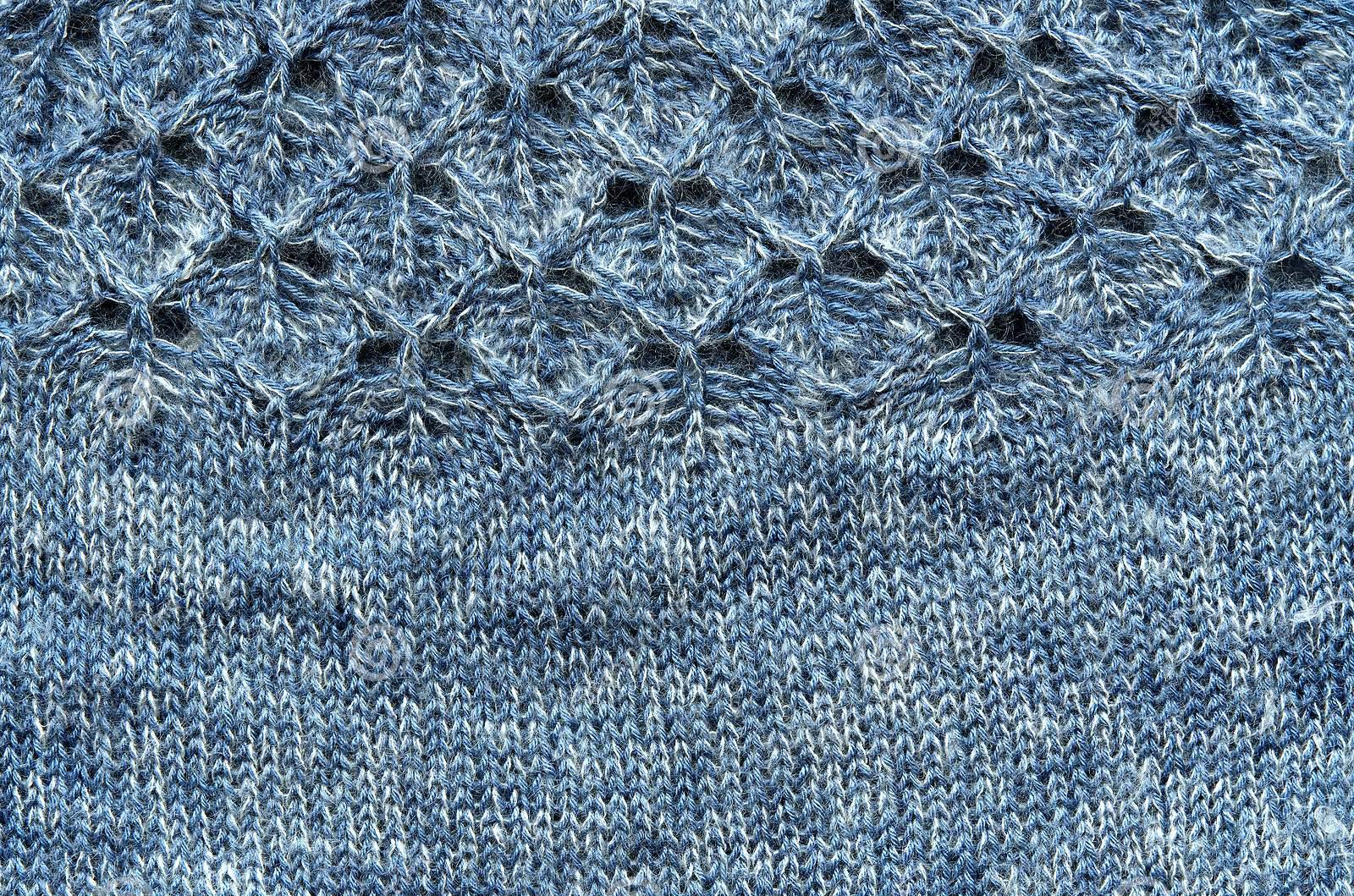
Mohair wool is a type of textile derived from the hair of the Angora goat. Unlike other goats, this type of goat is covered with shaggy hair. It is believed that the Angora goat developed this unique coat due to the environmental conditions where it evolved, and this type of goat is now prized for the silky and multipurpose wool that it produces.
What Is Mohair Wool?
It is believed that Angora goats evolved into their current form in Tibet, and they gradually migrated to Turkey. For centuries, these types of goats were only raised in Turkey, but records of mohair wool in England date back to the eighth century, which indicates that this type of fabric has been widely traded throughout Europe, Asia, and the Middle East for thousands of years.

Compared to sheep wool, mohair is much softer, and it also has a notable sheen and luster. These attributes have led some textile enthusiasts to dub mohair as the “diamond fiber,” and this fabric is all the more popular due to its high compatibility with most types of dyes. Mohair is also much more elastic than most types of wool, it is not very flammable, and it is crease-resistant.
Because of the unique attributes of this type of wool, mohair is considered to be a luxury textile, and garments made entirely from this substance can be quite expensive. However, it’s much more common to find mohair that has been mixed with other fabrics; even when this fiber is only used in small quantities, it makes any fabric of which it is a part much more elastic, shiny, and durable.
One of mohair’s other notable qualities is this type of wool’s resistance to felting. Most types of wool contain scales, and when these types of wool are washed at the wrong temperature, these scales fuse together to make an unsightly mess. The scales on mohair wool, however, are not fully developed, which means that garments made from this type of wool do not felt even if they are washed incorrectly.
As Angora goats age, the thickness of their hair fibers increases, and the wool of older Angora goats is not considered to be as desirable as the wool from younger goats. The younger an Angora goat is when it is sheared, the shinier and silkier the resulting wool will be.

On most Angora goat farms, shearing takes place twice a year in the spring and the fall. Each Angora goat produces about 15 pounds of mohair per year, and the shearing process is performed very carefully to ensure that no contaminants end up in the final product.
Mohair wool from Angora goats is not to be confused with Angora wool, which is actually derived from Angora rabbits. In addition, the term “mohair” is also sometimes used to describe a type of material that is used to make the roofs of convertible cars, but this fabric is actually a type of canvas, and it is not derived from Angora goats.
How Is Mohair Wool Made?

The production of mohair wool has evolved greatly over the years. It’s likely that the nomadic peoples of Tibet made wool from these shaggy goats, and records indicate that this type of wool was made in Turkey thousands of years ago. When mohair became popular in England in the early 19th century, however, this fabric’s production process became much more industrialized and widespread.
At the height of the British Empire, mohair was in such great demand that production of this type of wool spread to South Africa, Australia, and New Zealand. A small number of Angora goats were also sent to the United States, and this type of fabric is still produced in America to some degree.
The process of creating mohair begins with the shearing of an Angora goat. These goats grow hair rapidly, which means that they are ready for shearing twice per year. The shearing process is accomplished with large scissors, and the goats must be totally immobilized during the process to ensure that they won’t be hurt.

Some animal rights organizations, such as PETA, have noted that the methods used during the shearing of Angora goats are inhumane. While practices among farms differ, the staff of some South African Angora farms have been caught treating their goats roughly and causing them serious physical harm. It is not necessary to subject Angora goats to this treatment to derive mohair wool, but some farms do so to save money.
Once mohair is shorn from Angora goats, it is carefully washed to remove any impurities. Since the hair from this type of goat is uniform in length, it is easy to card, which is the process by which chunks of this wool are made into strands. These strands are then spun into yarn, and in most cases, automated machines or treadle spinners are used to make this twisted cord.
After a final washing process, the mohair yarn is ready to be woven into clothing. In most cases, this yarn is sold to a textile manufacturer that will perform this final process, but some Angora goat farms produce their own finished textile products.
How Is Mohair Wool Used?

Because of its unique attributes, mohair is prized for a variety of different consumer applications. This fabric is commonly used in a number of different types of garments, and it is also present in various home furnishings and other general textiles.
Like other types of wool, mohair wool is a highly popular fabric for sweaters, coats, hats, and other forms of insulative winter gear. This textile is also used to make socks, scarves, and suits. One special kind of suit can only be made with mohair wool; the two-tone suit became highly popular in the United Kingdom in the 1960s, and the popularity of this garment rapidly spread among musicians in America and worldwide. Due to the unique attributes of mohair, two-tone suits display different colors when you view them from different angles or in different lighting.
Beyond the world of consumer apparel, mohair is also used to create craft yarns, doll wigs, and wall hangings. During the 1970s, mohair wool enjoyed a brief burst of popularity as a carpet material; this silky, thick substance is still used to make carpets, but these types of rugs are now significantly less popular.
Where Is Mohair Wool Produced?

Approximately half of the world’s mohair fabric is produced in South Africa, which makes this country the biggest producer of this textile. A significant amount of this wool is also produced in Texas, and in recent years, companies in China have done their best to catch up to South Africa and the United States in terms of mohair wool production.
Even though the majority of the world’s mohair is produced in South Africa, most of this wool is exported raw or semi-processed to other countries in Europe or Asia to be made into finished textile products. Overall, however, the production of mohair wool is in decline.

The production of this type of wool reached a peak in the 1990s, but as organizations like PETA began to raise awareness of unethical practices that were used in the harvesting of this type of wool, consumers were conditioned away from using this fabric out of fear of social repercussions or contributing to the problem. In the early 1990s, around 25,000 tons of mohair fabric were produced per year, but as of 2009, this number has been reduced to about 5,000 tons per year.
A variety of brands, such as H&M, Gap, and Lacoste have signaled their commitment to animal rights to their customers by refusing to market products made by mohair wool despite the fact that it’s possible to harvest this fiber sustainably and without animal cruelty. The impression of mohair wool as being an unethical fabric has driven sales of this fiber down drastically, but it’s highly unlikely that the industry will die out entirely. Ideally, the decreased popularity of this fabric will make it more of a high-end, niche item, which would benefit ethical producers of this textile while driving unethical producers out of business.
How Much Does Mohair Wool Cost?
Mohair is one of the most expensive types of wool. Alongside cashmere and Suri alpaca wool, this type of goat wool commands one of the highest prices on the market, but the cost of this fabric has remained mostly steady as both the supply and demand of mohair wool have decreased at around the same rate.
According to a mohair wool producer in Pennsylvania, this type of wool can fetch about $10 per pound. For comparison, sheep wool sells for around $0.40 per pound.
What Different Types of Mohair Wool Are There?

The only type of mohair wool in existence is that which is harvested from Angora goats, but there are a couple of pertinent variations of this type of animal fiber:
- Fibers from younger goats: The younger an Angora goat is, the finer the fibers it produces. Therefore, fibers from younger goats, which are called kids, are more desired than fibers from older goats. Most high-end mohair wool sweaters, for instance, are made from fibers derived from younger goats.
- Fibers from older goats: As Angora goats age, their hairs become thicker and rougher. This decreased fiber quality means that wool from older goats is more commonly used in household textiles, such as upholstery and rugs, rather than apparel.
How Does Mohair Wool Impact the Environment?
Like other animal-derived fibers, mohair doesn’t have a notably negative impact on the environment. Unlike synthetic textiles, no carcinogenic, hormone-disrupting, or organ-damaging chemicals are used in the production of mohair, and the production of this type of wool does not introduce any toxins into the environment aside from certain types of dyes.
The main concern with mohair isn’t its environmental impact but rather its impact on animals. PETA and other animal rights organizations rightfully point out that inhumane practices are commonplace in the mohair industry, and some of these practices may involve dehorning and castration without anesthesia, subpar living conditions, and rough handling that can induce a sometimes-fatal panic reaction.

In addition, there is an agricultural impact of raising Angora goats for wool production. According to PETA, it takes 40-50 pounds of feed to produce one pound of mohair, which means that the production of this type of wool entails the putting aside of enormous tracts of farmland that could otherwise be used for other purposes.
It’s important to point out, however, that PETA is a notoriously alarmist organization, and it’s quite possible that the mohair industry is not as bad as this group claims. In fact, there are plenty of Angora goat farmers that adhere to strict ethical standards in the production of their wool. PETA commonly picks the worst cases of animal abuse to push its animal rights platform, and while the harm of goats in the production of mohair should always be condemned, it would be going too far to rush to conclusions and assume that the production of this fabric is inherently inhumane or environmentally unsustainable.
Mohair is an entirely biodegradable fabric, which means that garments or other textiles made from this substance break down in nature relatively rapidly and do not inherently contribute to pollution. Consumers that want to wear mohair without ethical or environmental concerns should pick garments made by certified cruelty-free wool producers.
Mohair Wool Certifications Available

A variety of organizations offer certification for mohair fiber. Responsible Wool Standard (RWS) is the most prominent wool certification organization, and while RWS focuses mainly on ensuring the humane treatment of sheep, facilitating ethical mohair production is also a major goal of this group. If mohair fabric bears the RWS logo, you can rest assured that it was derived sustainably without harming animals.
The Wildlife Friendly Enterprise Network (WFEN) is another example of a certification organization that helps protect Angora goats from inhumane treatment. This organization certifies a wide variety of different types of products, and it rigorously inspects mohair production facilities to ensure that Angora goats are treated correctly.
